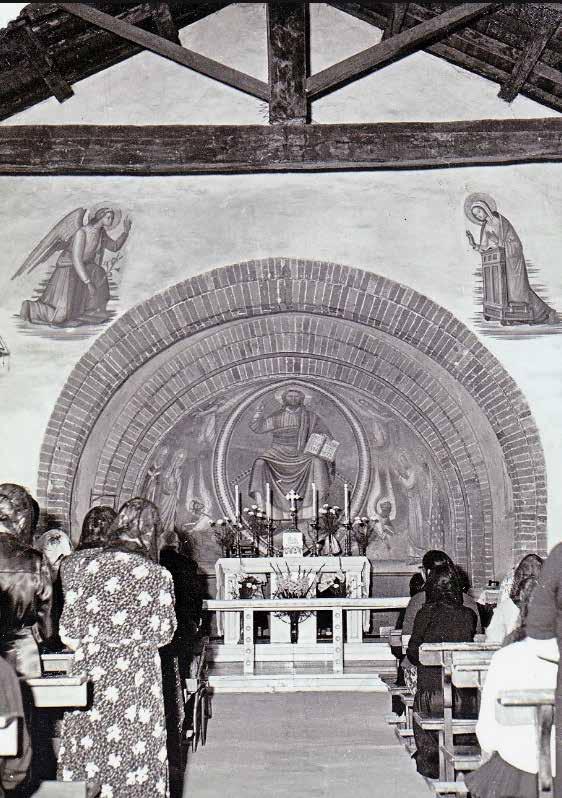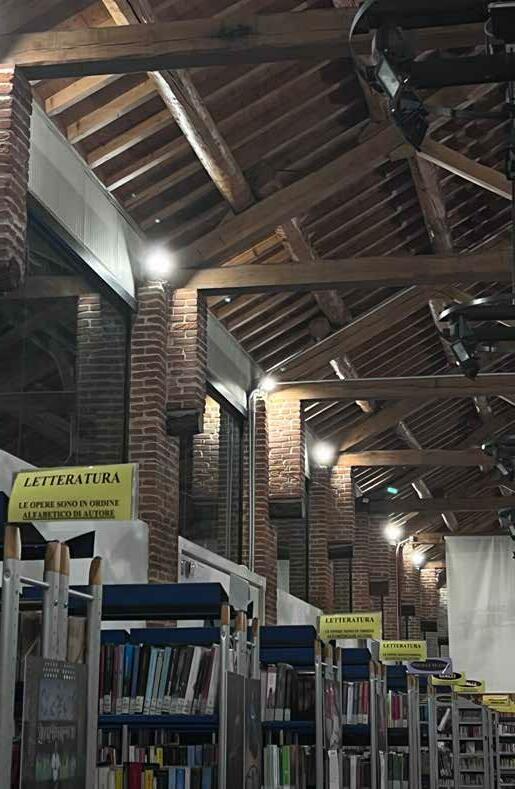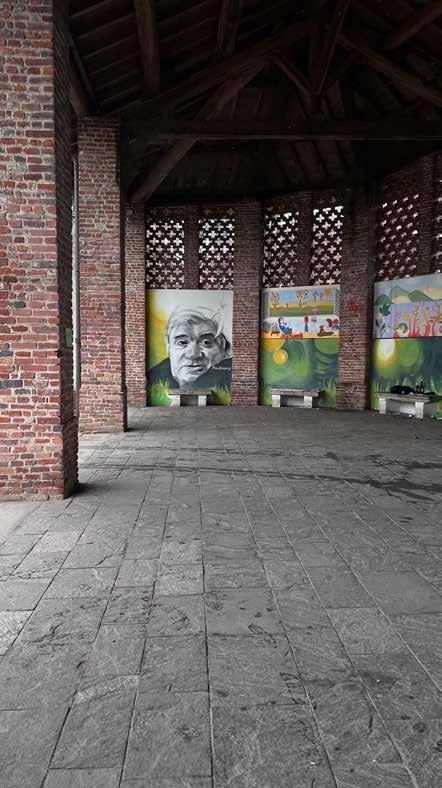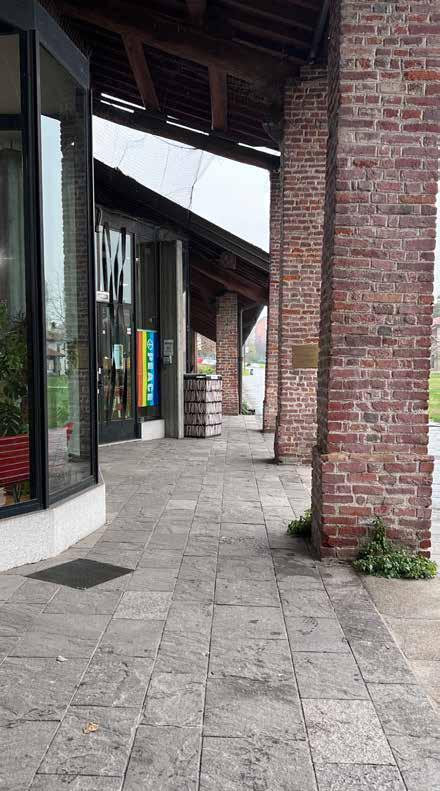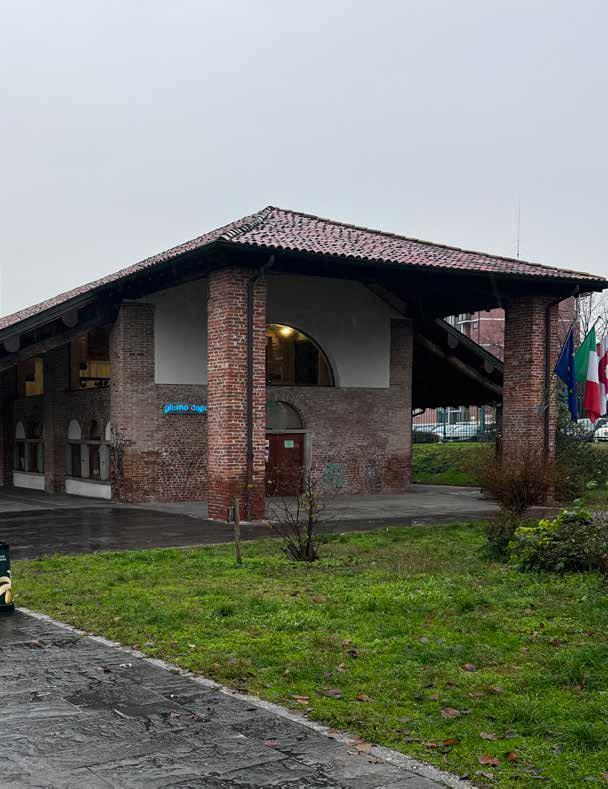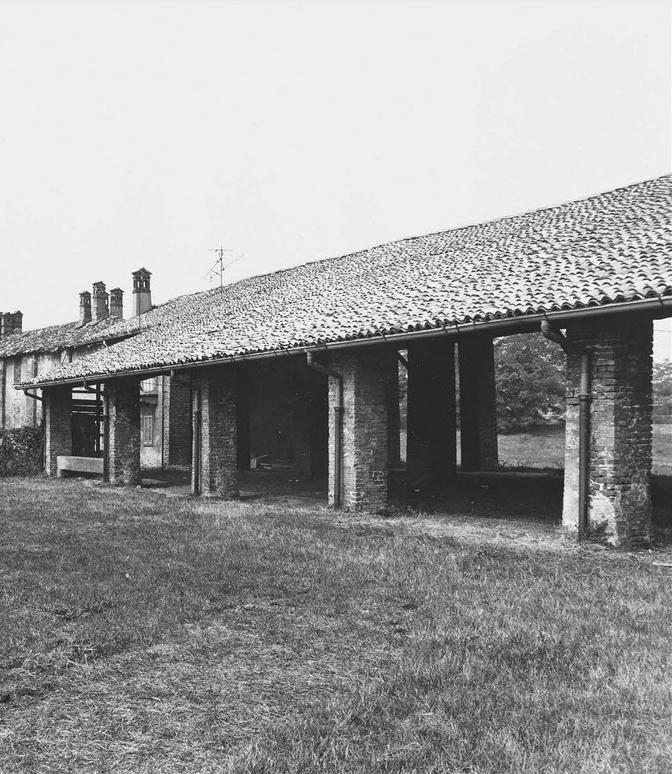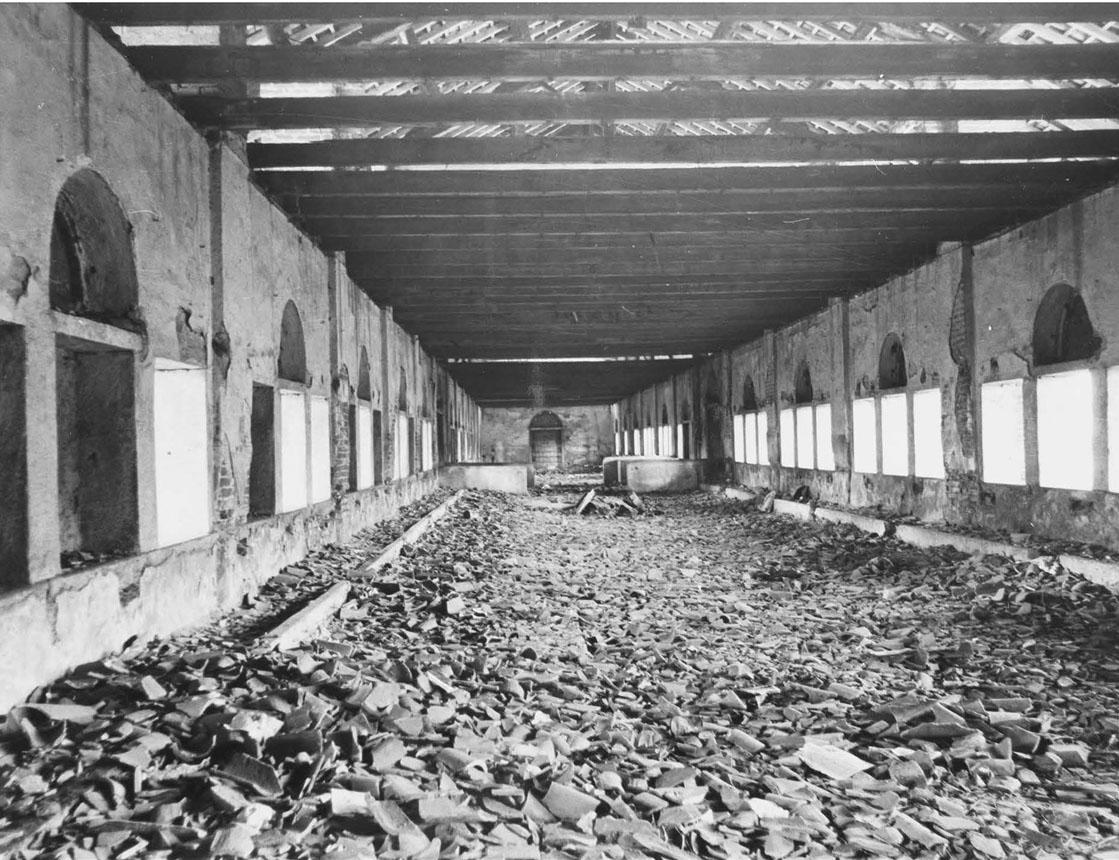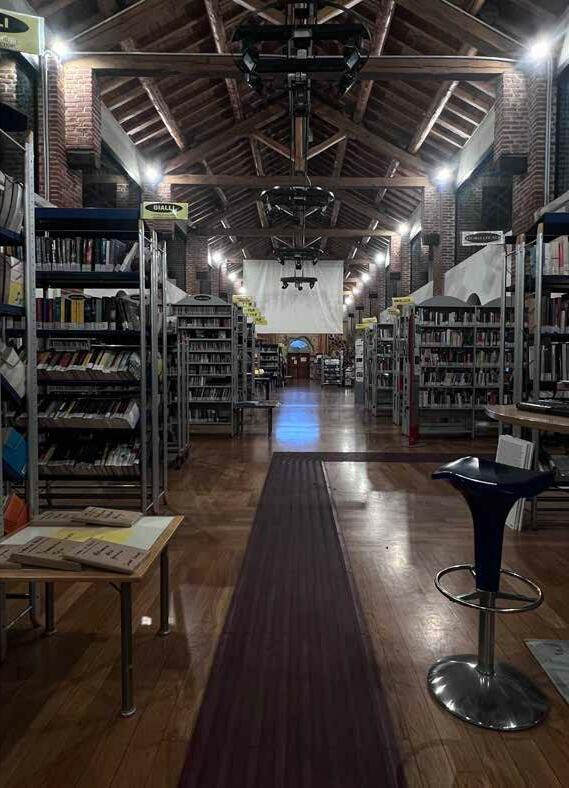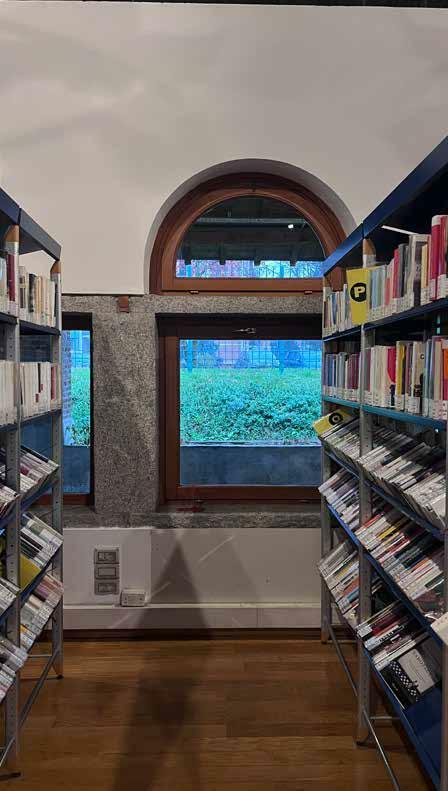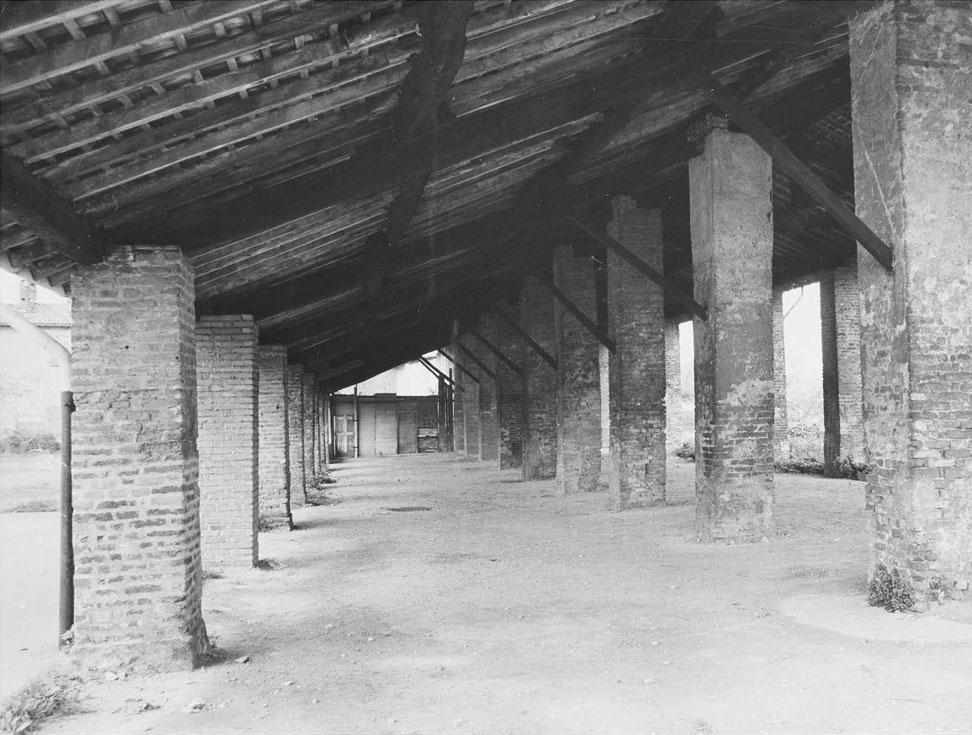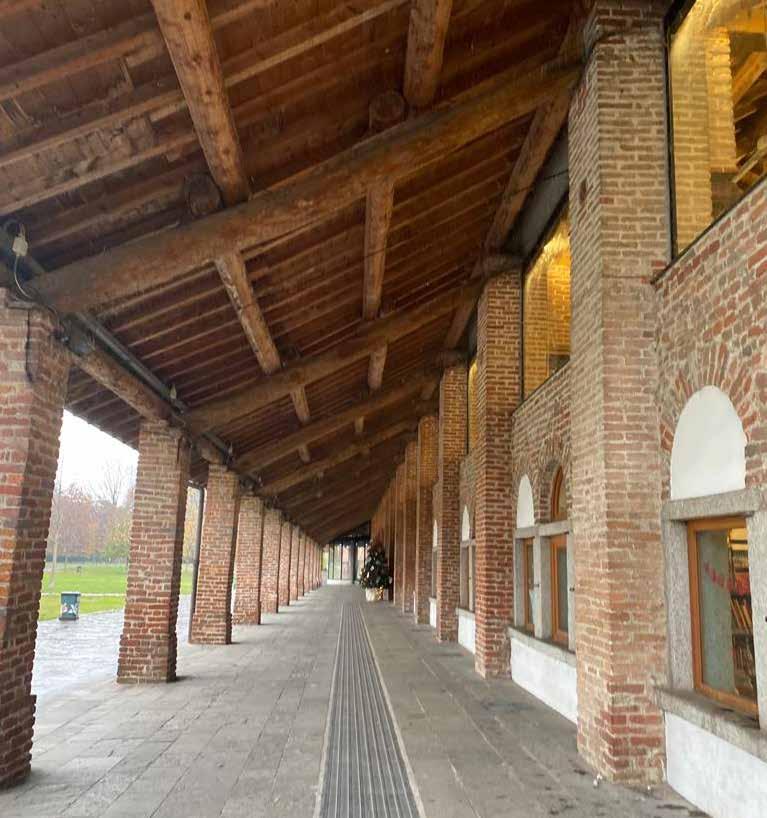Project by Semra Zeynep Armagan
Jad Chabaan Michelle Charf

Project by Semra Zeynep Armagan
Jad Chabaan Michelle Charf
UG DESIGN BA - DESIGN 4 (Major Interior)Project Research ID1 Maurizio Scalzi 2022-2023
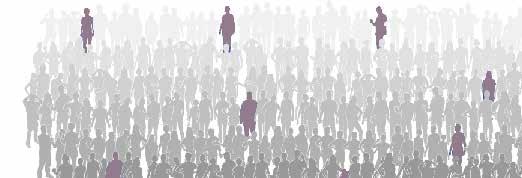
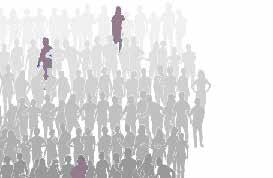
The way in which a society deals with cultural diversity, both at the national and at the community level
Relating to, or intraction between different cultures.
The Interculturality Is defined as a productive interaction between different cultures, within a framework of equality, respect and toleance.
Intercultural relations are carried out between egalitarian groups, in order to promote cultural exchange and cooperation between individuals, regardless of their origin.
Intraction between students from diffrent cultures.
Changing country for job oppturtinies or office exchange
The knowledge of the languages generates an invaluable opening for the understanding of the other
By tasting typical dishes, experiencing culinary traditions of a country.
knowledge and experiences transferred from generations
Cultural, ethnical, religious and racial aspects art which are conducive to intercultural recognition.
In the health aspect exchange of practices between conventional medicine and empirical medicine.
the context of negotiation in your country.
In each country, entertainment can be dressed in different ways.
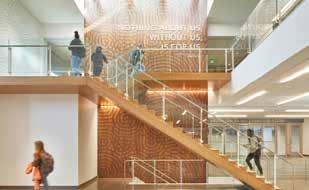

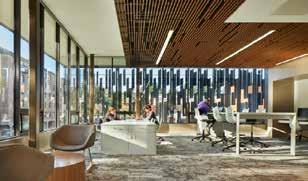

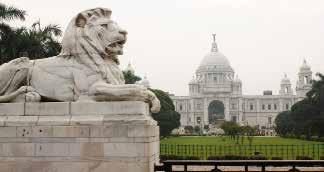
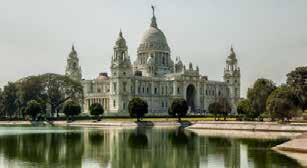
◊ Indo-Saracenic Revival with influence from Venetian, Egyptian,British Deccani and Islamic architecture
◊ to pay tribute to Queen Victoria after the British Empress’ death in 1901.
◊ home to about twenty-five art galleries and a vast collection of stone statues.
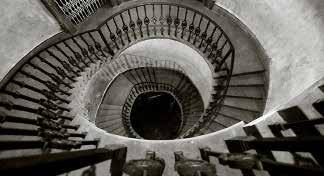
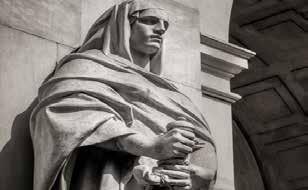 Hooghly River in the city of Kolkata
William Emerson
Hooghly River in the city of Kolkata
William Emerson


The next five most populated countries –India, United States, Indonesia, Pakistan, Nigeria and Brazil –


China’s population is greater than the entire population of Europe

The population of the country almost doubled during the twentieth century, due large-scale internal migration from the rural South to the industrial cities of the North, a happened as a consequence of the Italian economic miracle of the 1950–1960s.
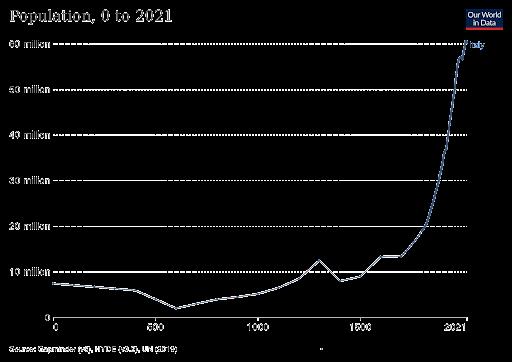
Italy
It means ; a high life expectancy and a low birth rate. better life condtions. But modern society do not meet the needs of the elderly people who are weak. The elderly face stigmatization because they are not in a position to adapt to the society full of youth-oriented norms. Less peple to be in the age of working.
Has 22.8 percent 65+ population which makes it 9th largest number of aging populationin the world.



Lombardy is the the most populous region in the country.
These figures were mainly driven by Rome and Naples, administrative capitals of these regions, and two of the largest metropolitan areas in the country.

South Center and North East are the most populated areas in italy,




political stability more fertile land lower risk from natural hazards education safer ,less crime
wealth better services good climate safer ,less crime
◊ Boosts the working-age population. ◊ Migrants arrive with skills and contribute to human capital development of receiving countries. ◊ Technological progress.
◊ Contribute more in taxes and social contributions than they receive in benefits. ◊ Labour migrants have the most positive impact ◊ Employment is the biggests net fiscal contribution.
Labour markets ◊ Increase the workforce ◊ Young migrants are better educated than those nearing retirement. ◊ Contribute to market labor flexibility
the right side of the chart represents the migration destination we can see that most country that migrated to is USA while Kuwait is the least. Italy is 11th in the list. The ride side of the chart shows which countries migrated the most , First being India and least being Egypt.










November 2021, Lombardy was the region in Italy hosting the largest share of immigrants (13 percent), followed by Emilia-Romagna, Lazio, and Piedmont. These regions are also among the Italian regions with the highest number of inhabitants. For instance, Lombardy has some ten million inhabitants (approximately one sixth of the total Italian population) and was housing ten thousand immigrants.



In 2021, 14.9 thousand immigrants from Tunisia. Moreover, 7.3 thousand migrants were from Egypt, thousand people originated from Bangladesh. Tunisians represented 25 percent of the individuals arrived, whereas Egyptians and Bangladeshi accounted for 12 percent of the total each. Between January and November, the number of migrants who made it to Italy added up to 59.7 thousand.

Largest proportion of foreigners was Milan, where almost one in five residents (19 percent) came from abroad. and the least is Padua being home for 16 percent foreigners.



More then half of the Italian Immigrantts are Christian, and the second most populated religion is Muslim





Between 2010 and 2019, the net migration indicator experienced a decreased, reaching its lowest figure in 2015.
In 2010, foreign residents in Italy were significantly younger than Italian citizens, with amedianage of 32.5 years versus 44.3. It is the fourth youngest foreign community among the EU countries against the second oldest national population
The presence of students without Italian citizenship is constantly increasing in the Italian school system, representing today 9%. However, their presence is mainly concentrated in the northern regions
Colombia, Turkey, Lebanon
Italy exists as a single state was divided into separate provinces controlled by different ethnicities.
◊ Different ethnic groups in Italy and accepted themselves as Italians.
◊ The culture of the Italians has been strongly influenced by those of the Romans, who were very aggressive rulers in the history of Italy.
◊ As Italy had remained in a divided form for several centuries, the Italians from each of these provinces had their own regional dialects and culture,
After the second world war is Italian history made a huge economic cultural social development due to the industrial growth engineering development , European Trade, oil exploration from middle east .
Fast economic expansion lead to people to migrate to the industrial cities of the North Milan and Turin and the seaport of Genoa. As well as inter-regional migrations . Between 1955 and 1971, around 9 million people are estimated involved in inter-regional migrations .
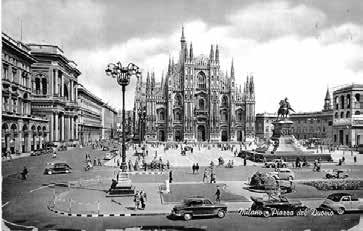
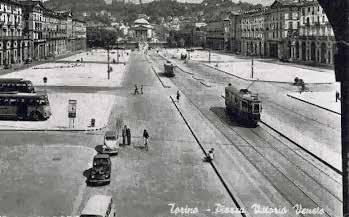
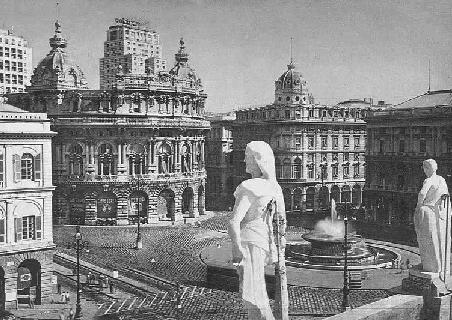 Piazza Vittoria Veneto 1960-Turin piazza de Ferraris 1960-Genoa
Piazza Vittoria Veneto 1960-Turin
Piazza Vittoria Veneto 1960-Turin piazza de Ferraris 1960-Genoa
Piazza Vittoria Veneto 1960-Turin
Italian school system swicted in 1999 from the old system which followed fasism movement come with mussolini .
2019/2020, according to statista.com 96,000 foreign students migrated into Italy.
There are 65 public schools in italy, which rank among the top 500 in the world
The new education system was more liberal and they make it more international. Which they attracted the student from all over the world.
Italy was one of the worst-hit countries when corona struck in Europe.
At the same time, 208 countries, territories or areas have issued exceptions to quarantine restrictions, enabling mobility at the same time, Assuming zero-growth in the number of migrants between 1 March and 1 July 2020, estimates suggest a decrease of nearly 2 million international migrants compared to the initially expected increase between mid-2019 and mid-2020.
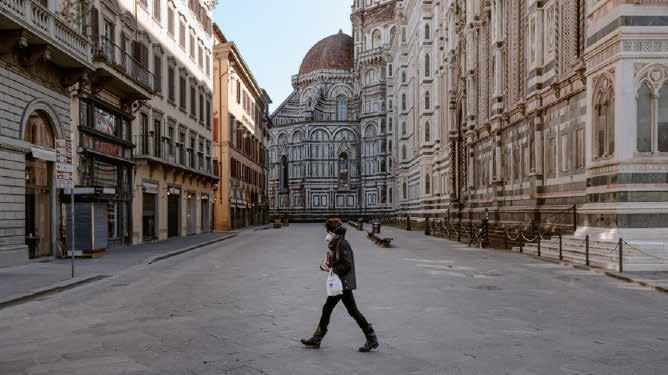
Such a drop in migration can also have demographic effects on countries dependent on migration for population grow
A persons identity affected by lots of aspects such as religion tradition family friends beliefs personal expression language etc
globilazation is linked with identity by we getting influenced and influence people in certain groups which called Collective Identity your decision making will be influence by your surroundings which also a part of your identity.
you are also expressing the identity of the groups or collectives that you are part of. Many people believe that growing connections and interdependence are allowing people to become more diverse. This promotes understanding and cooperation.however, is reducing diversity as identities (individual and collective) are disappearing.
How society has
more interconnected across the world, economically, culturally and politically. This has had a number of effects on religion and belief.
become
Particularism//religion has used for anti-globalisation activity. Its symbol of how people are culturally different from one another, so its a way to include or exclude people in society.
Universalism// Its the term of the religions focused on what unites them. religious leaders emphasise shared values and common concerns. Thats dissolves the religional conflict.
Marginalisation// – religion is increasingly marginalised in contemporary society, playing less part in public life, and becoming less importand although this may well be a rather Eurocentric view and may be caused by other social changes rather than globalisation.
The influence that music has throughout the world is immeasurable. Music evokes many feeling, surfaces old memories, and creates new ones all while satisfying a sense of human emotion.
With the ability to help identify a culture, as well as educate countries about other cultures, music also provides for a sense of knowledge
Music can be a tool for many things: relaxation, stimulation ,communication.
But also with the globalization music from different cultures get influenced each other and loose the uniqueness by time.
Our dependence on global food chains makes the food supply to our communities more vulnerable to disruption and scarcity. .
Immigrants bring their traditional food cultures with them, travelers seek out the flavors they encountered halfway around the globe when they return back home, and even those people who might never leave the borders of their own country seek out a bit of adventure while browsing the “international cuisine” .
Farmhouses , is one of the oldest buildings in the Italian agricultural tradition. With a very rich historical value
is a housing architectural typology specialized in Lombardy which is characterized by the presence of a courtyard and around building complex The Lombardy courtyards used for agricultural activities known as farmhouses.
 Cascina Linterno
Cascina Linterno
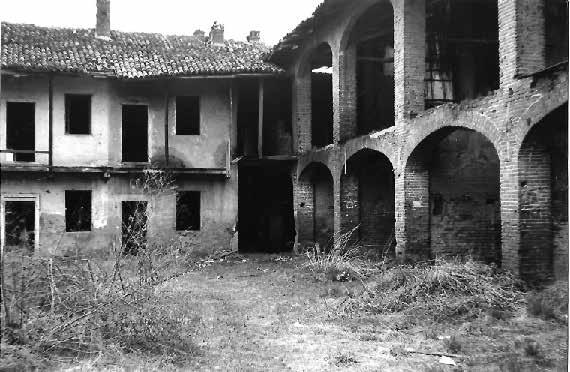
The origins of the
start with feudalism in the Middle Ages .
The purpose of the buildings was agricultural storage and barn which made with clay and straw. These agricultural structures were the houses of the peasants .
As early as the middle of the thirteenth century, in some areas of Lombardy, Pavia and Milanese countryside centralized farms had arisen with stables, houses, mills, and defenses by towers.
Some of them were later transformed into “courtyard” farmhouses and several have been preserved to this day .
The characteristic “court” shape, capsia capsina “cascina”
landlord or the tenant supervising activities in the court
whoever entered the courtyard had to be immediately recognized sepereatio of houses and stables.
defense of the inhabitants and agricultural activities
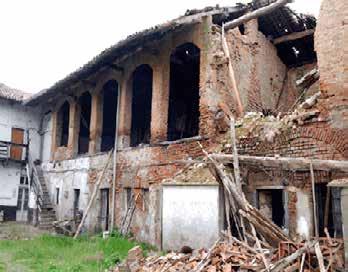
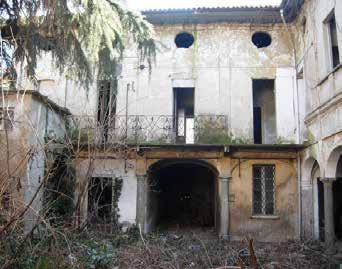

 CASCINA BURATTANA
CASCINA BURATTANA
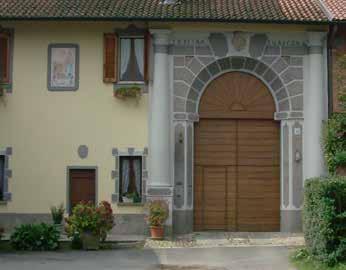
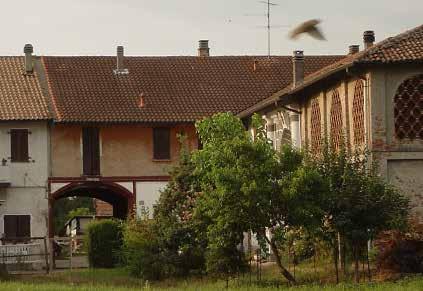
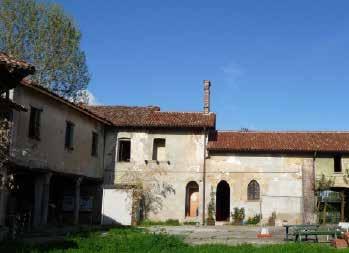
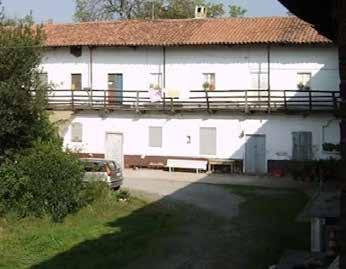
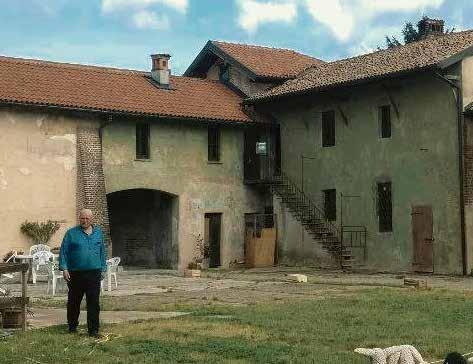
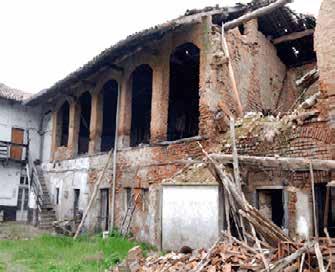
Only one external toilet in common, located in the center of the courtyard
A fireplace also heated the respective rooms on the upper floor with the heat from the flue
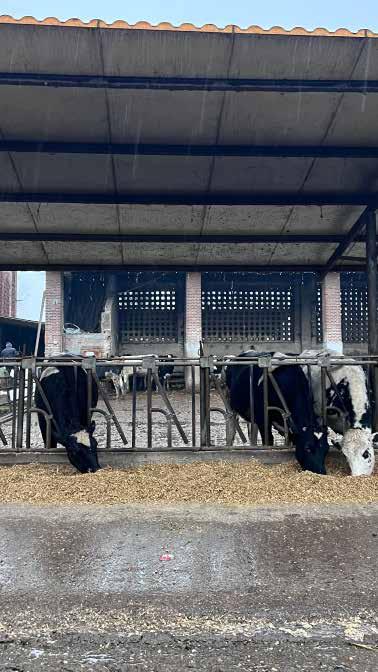
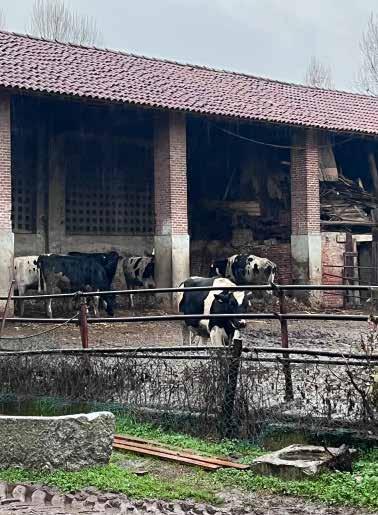
The stables and barns are opposite and aligned with the building intended for housing,
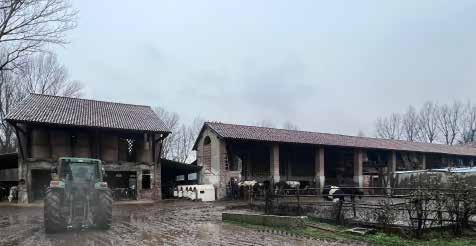
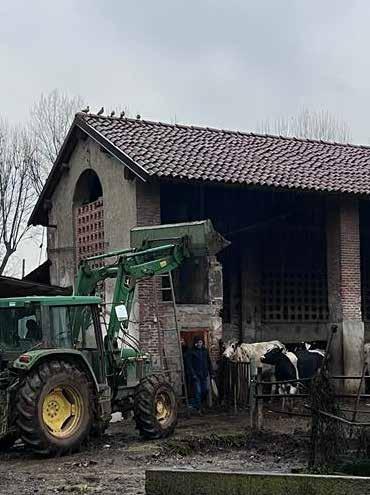

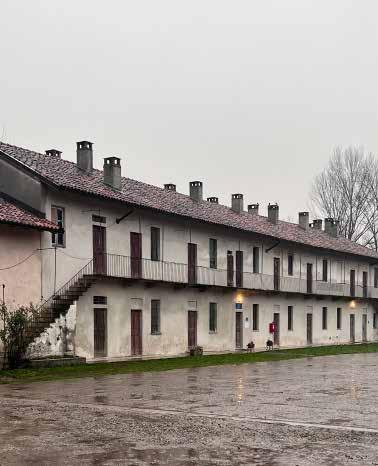
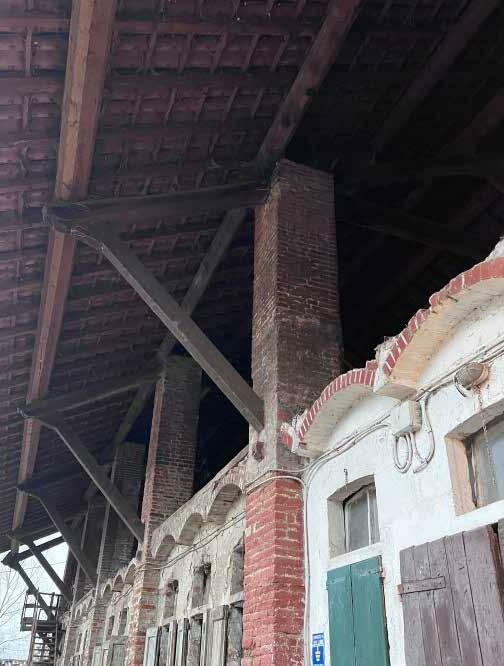
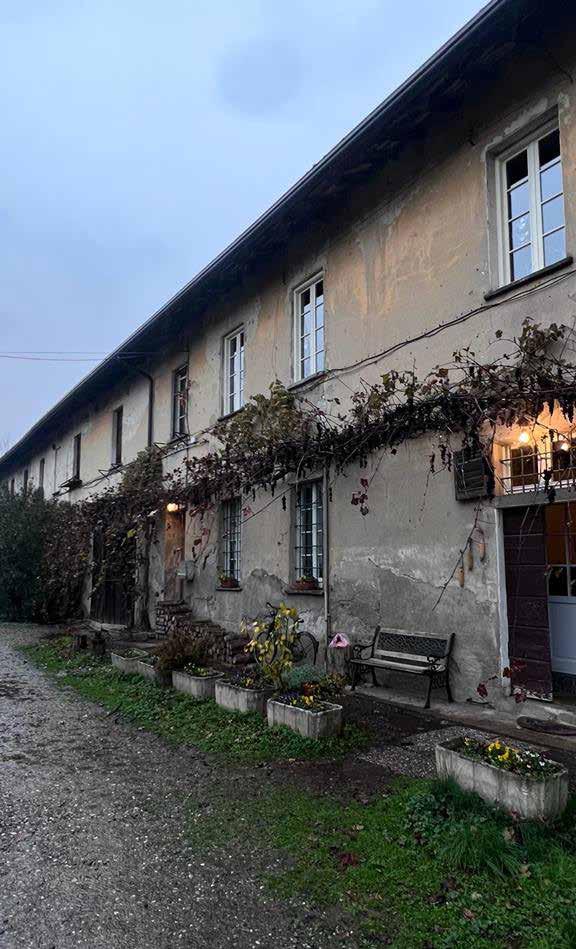
Bedrooms are in first floor and ground floor is the living room
CHICKEN coopon the ground floor, and the barn on the first floor, the rooms serving agricultural activity
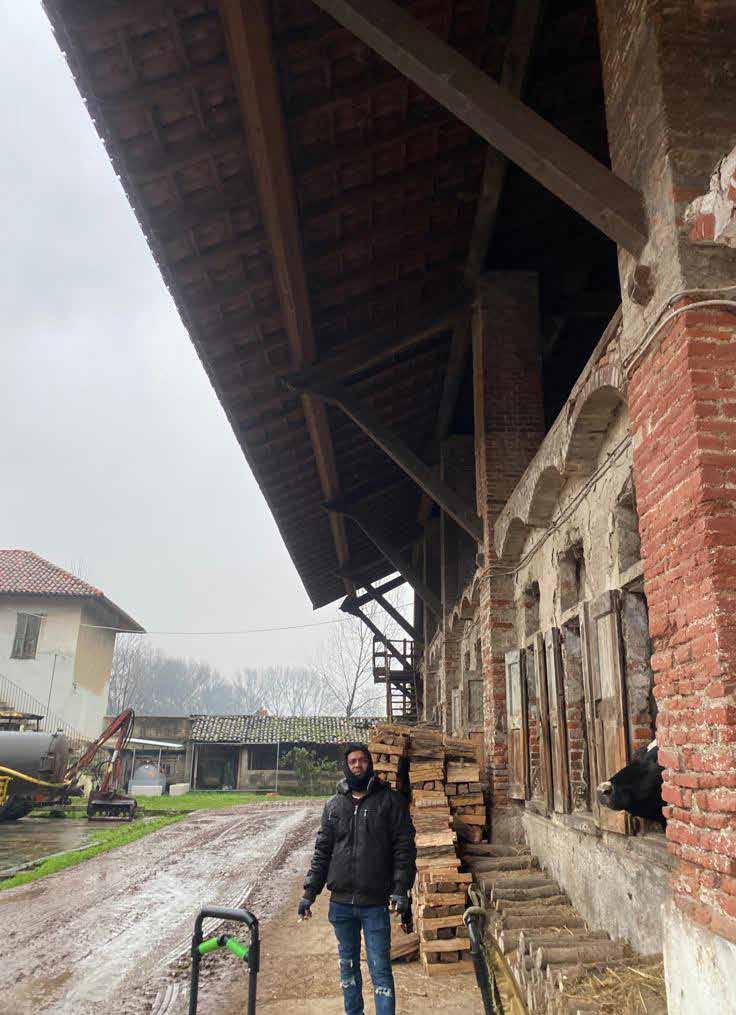
Owners to show there wealth they restructed the ancient farmhouses with refined and less rustic appearance and they used style of the manor houses belonging to the nascent industrial bourgeoisie of the time, which is elegant aesthetic. But the humble ones had taken less from this aspect.
and the appreance of farmhouses changed. Due to the great building expansion of the twentieth century, which was caused by the constant demographic increase of the population many of them were demolished to make way for modern buildings And used for commercial, public social , institutional residential purposeses
The other farmhouses stayed as ruins.
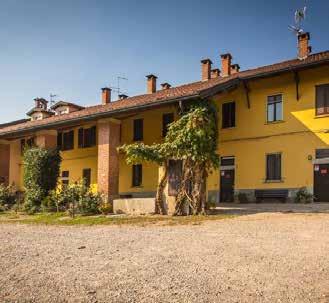
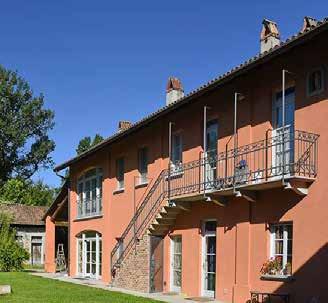
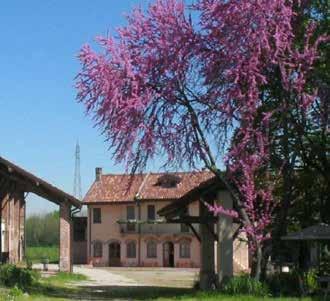

nio sant elia
With the industrial revolution the need of workers to live became pressing. 1887 owner of cascina change the structure to 2 floors to 3 flors brick collums are erected the height of the ground floor made with higher ceilings the heig hwhere the silkworms were cultivated fhe second floor and third flower was lowered this allows the antique building s to be stonger And it used to be a home for the nascent working class and spesiacilez in aristocratic

since 19th century its a residental building for elderly artists and imigrants
After milan walls demolished they rebuild the walls again incorporating the circle of canals where milan gets its elliptical shape.
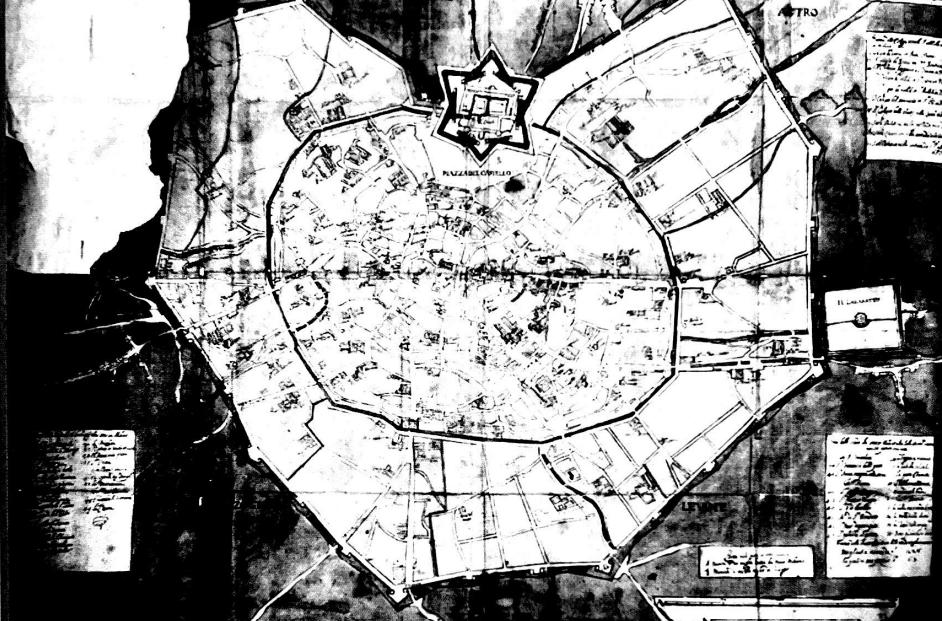
The typographic representation of thius stretch of the circle suggests the civil manificence that during the eighteenth and the first half of the nineteenth century milan will acquire along its naviglio.
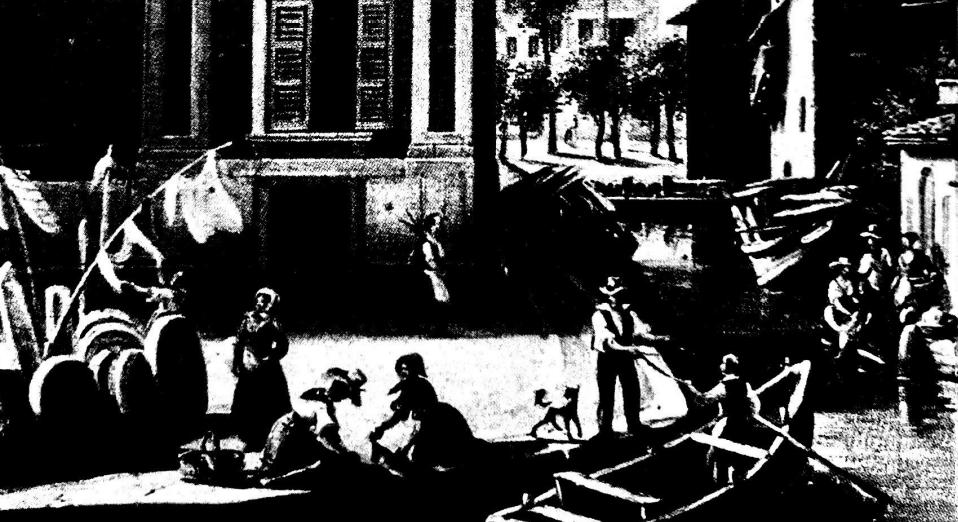
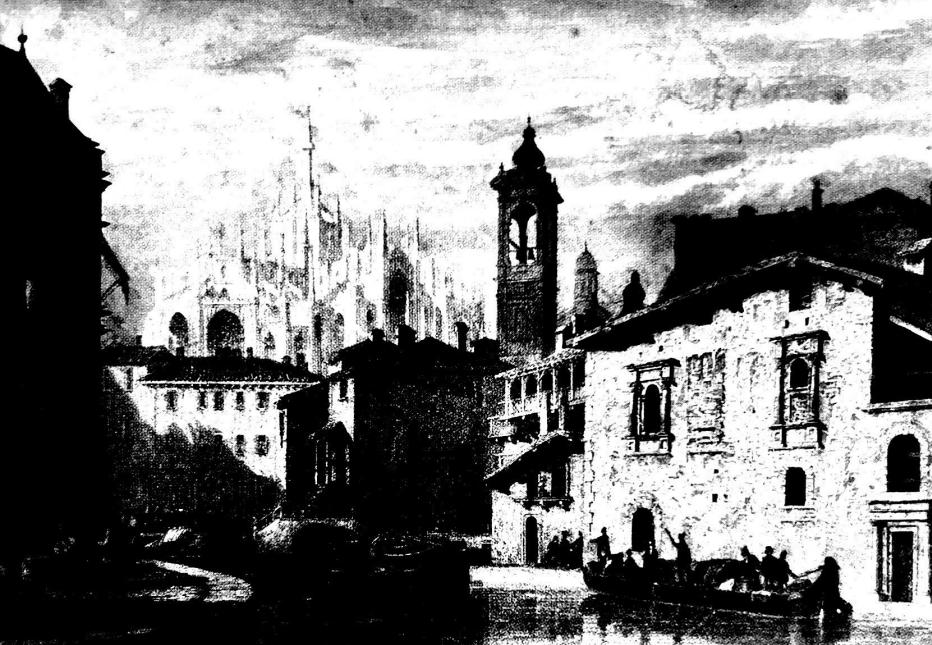
Between the 12th and 17th Centuries, a network of navigli (canals) was developed in order to grow the landlocked city’s wealth and influence. By the end of the 15th Century, Milan’s canal system connected the city to the River Ticino and a series of smaller channels knitted the whole thing up.

The families of the Milanese aristocracy and merchants moved by water with the stagg and guests to the countryside for entraiment between the swimming pool and fountains powered by the navigli)
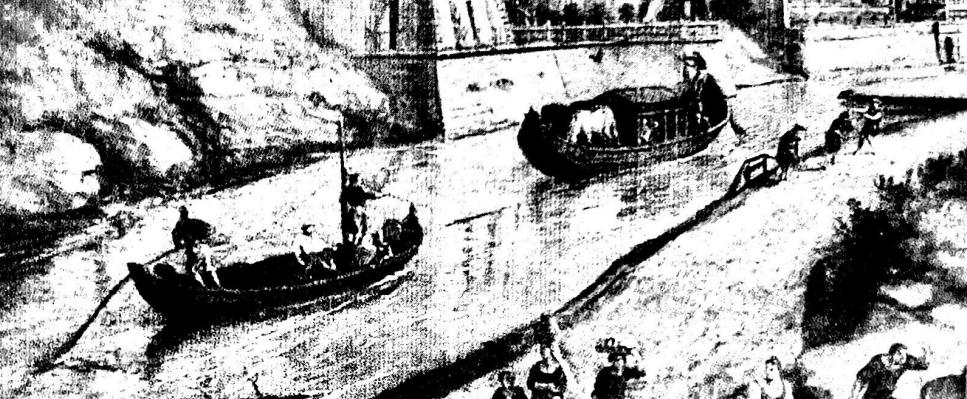
Mills and manufactures used the energy produced by the hydraulic wheels, which were Located near the circle of navigli Naviglio of via vallone (now via conca del naviglio) in the passage under Bastoni with the connection to Redetossi, where the olona that fed the new born pond of porta ticinese had been derived.

When the naviglio instead of crossing the city it crossed the countryside, the quality of the water was such that even in the nineteenth century temporary Bathing establishments were built. The water of navigli had effective cleaning function, The water was suitable for walking washing and which quickly absorbed the foams of soap
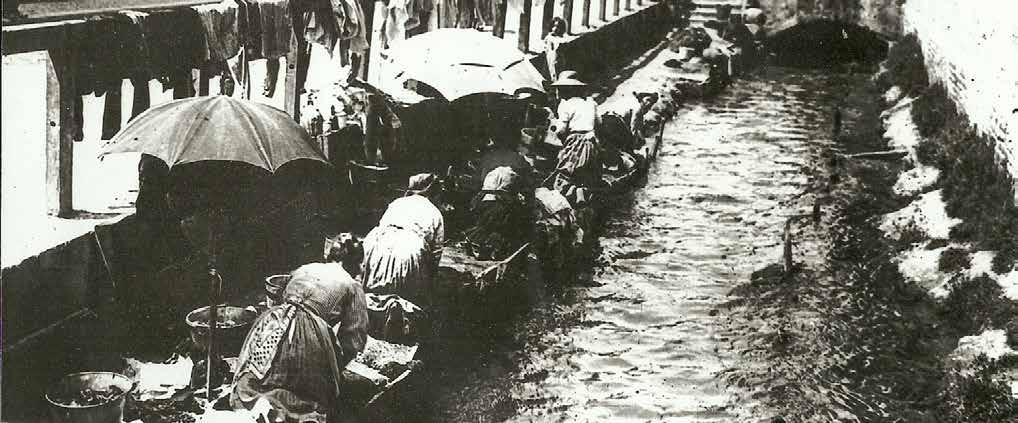
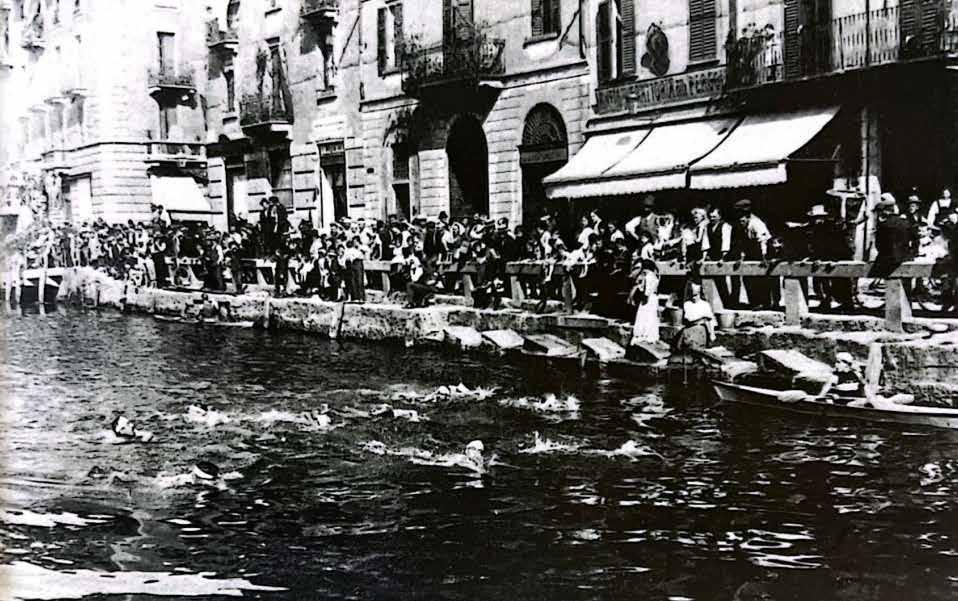
In the nineteenth century, the appearance of the circle of the navigli underwent further transformations: The facade of the palaces was renewed, the water door constructions were completed the mansions were expanded and raised, while on the outer shore, in place of the gardens owned by the religious orders, new buildings were born.
Most of the last traces of this network can be seen in Navigli, and in the north of the city, at the Martesana canal. The rest fell victim to modernisation during the mid-20th Century; as automobiles and trains replaced boats as the fastest modes of transport, The Inner Ring was buried under concrete. For the most part, the canals are still there, covered over by new roads and buildings. Some vestiges still remain in the city center,



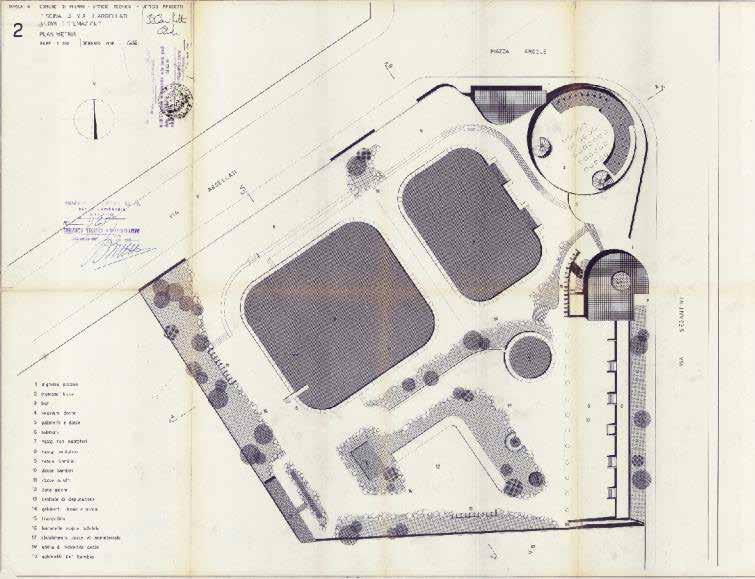
here the children of the area still went to swim after the war.

Until 1915, in a bend created by the Boniforti irrigation ditch, "opposite the corner of via Argelati and via Pasquale Paoli", in practice in the current PIAZZA ARCOLE , the Bagno Ticino existed
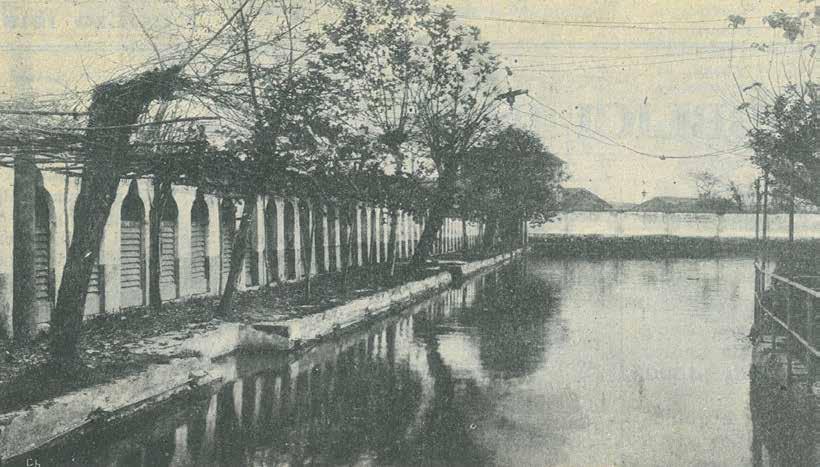
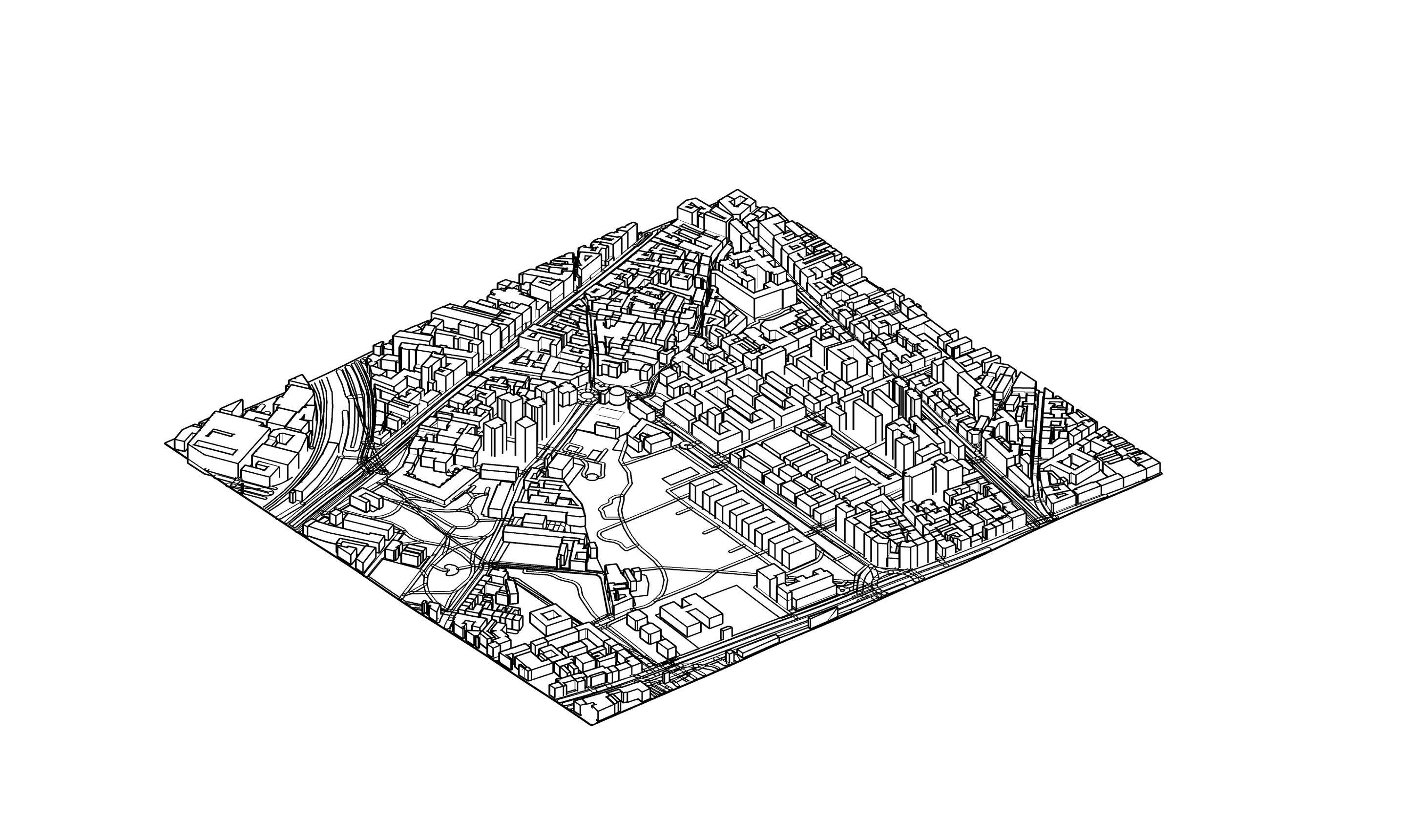

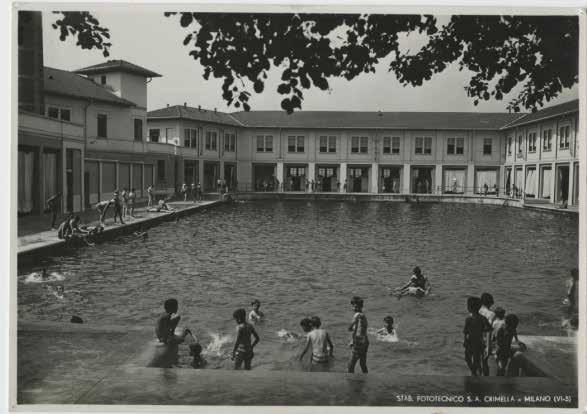
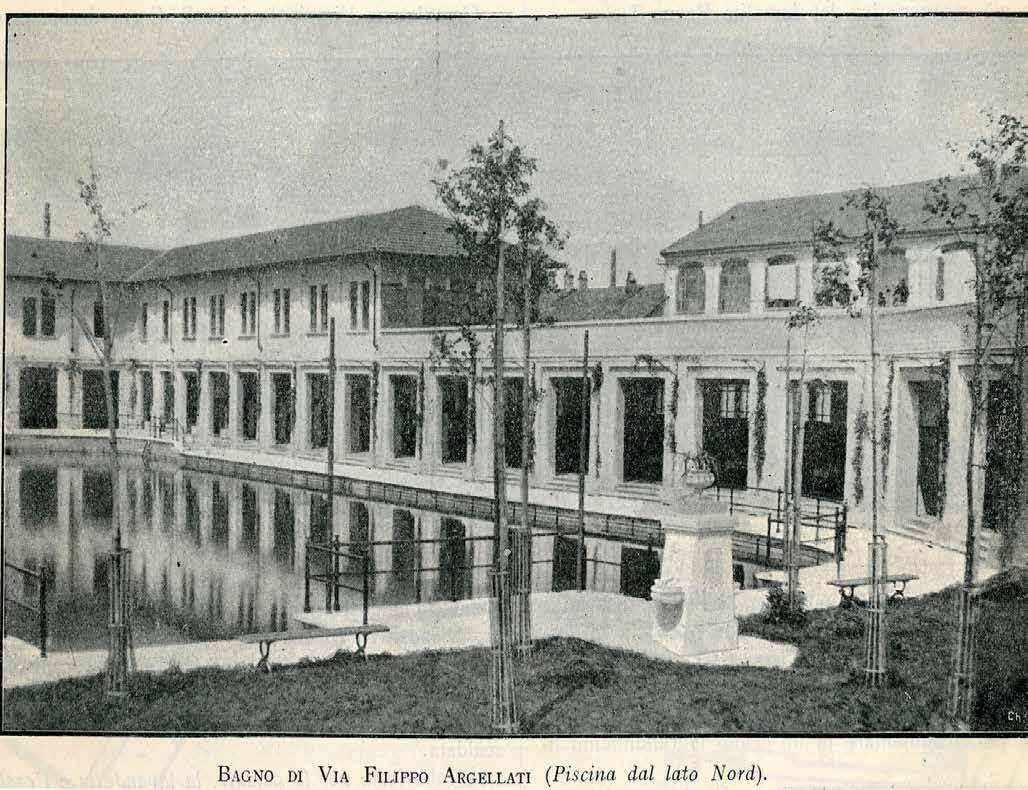
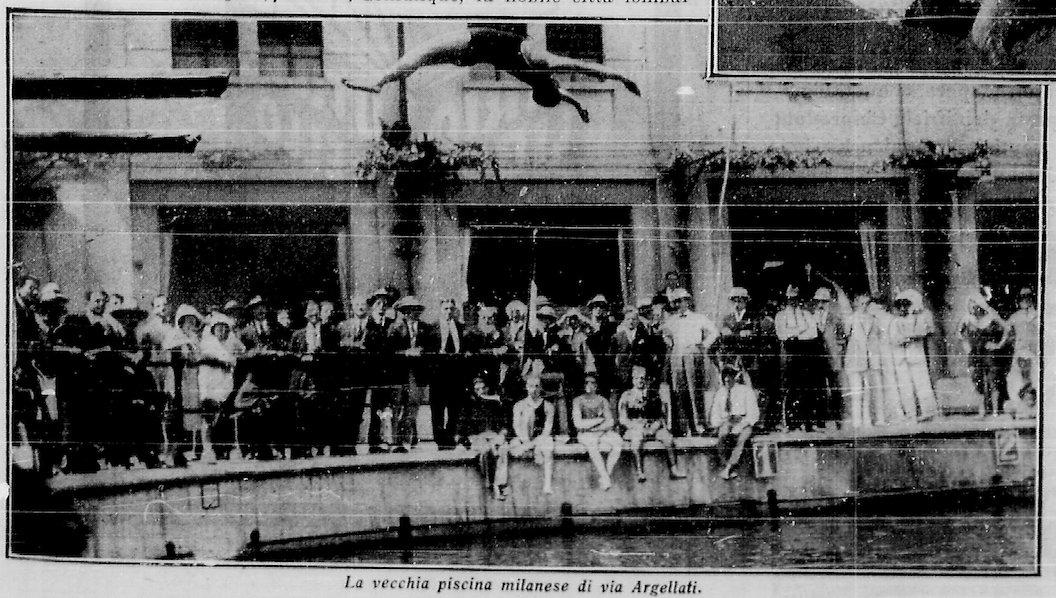
Between 1956 and 1962 the architect Arrigo Arrighetti, carried out the renovation and expansion of the Argelati Swimming f the Naviglio Grande still visible today in the initial stretch of via Argelatifrom which it drew its water.
In 1929, as part of the more general program to upgrade the city’s sports facilities, a tank filling system was created which pumped water directly from the underground aquifer






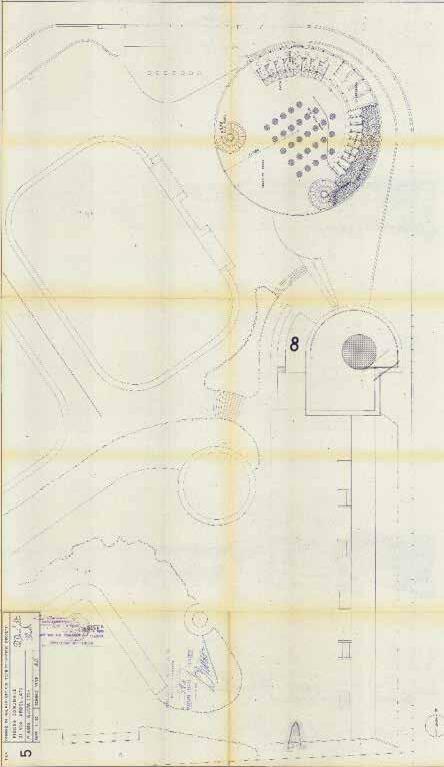
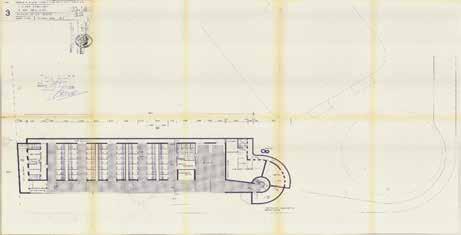
Due to the increase in free time available to workers and the fascist conception of sport no longer as a pastime for the elites, but as a mass tool for training new Italians
During the post-war reconstruction period, the large masses of workers who arrived in Milan imposed the construction of new districts, in which some swimming pools were also built. Most of them build in fasict times there for they have similar style following the fasict archiecture.
Due to the phyical charachterictics of milan still today all the water for the pools come from aqueduct or from wells which is extracted from aquifer.
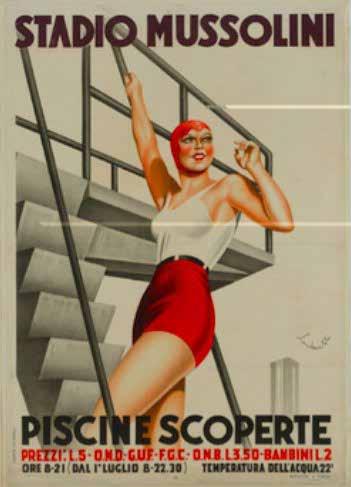
Once the swimming pools were build they wanted to attract lot of Italians for that reason in the posters mainly female figures are used
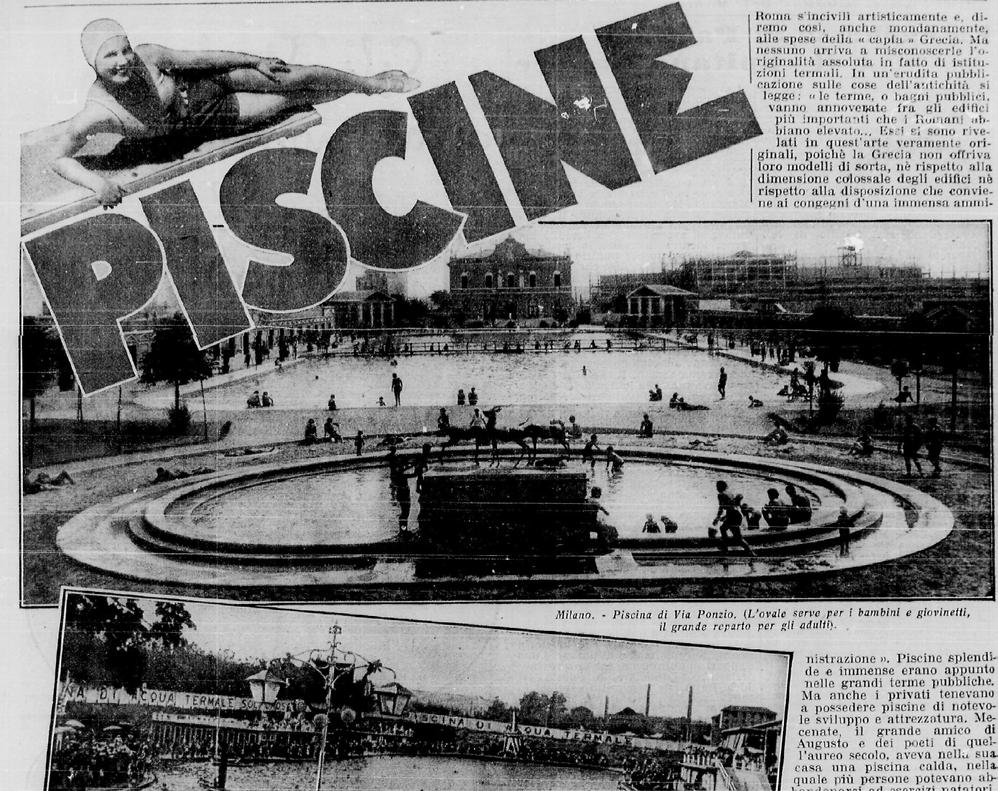
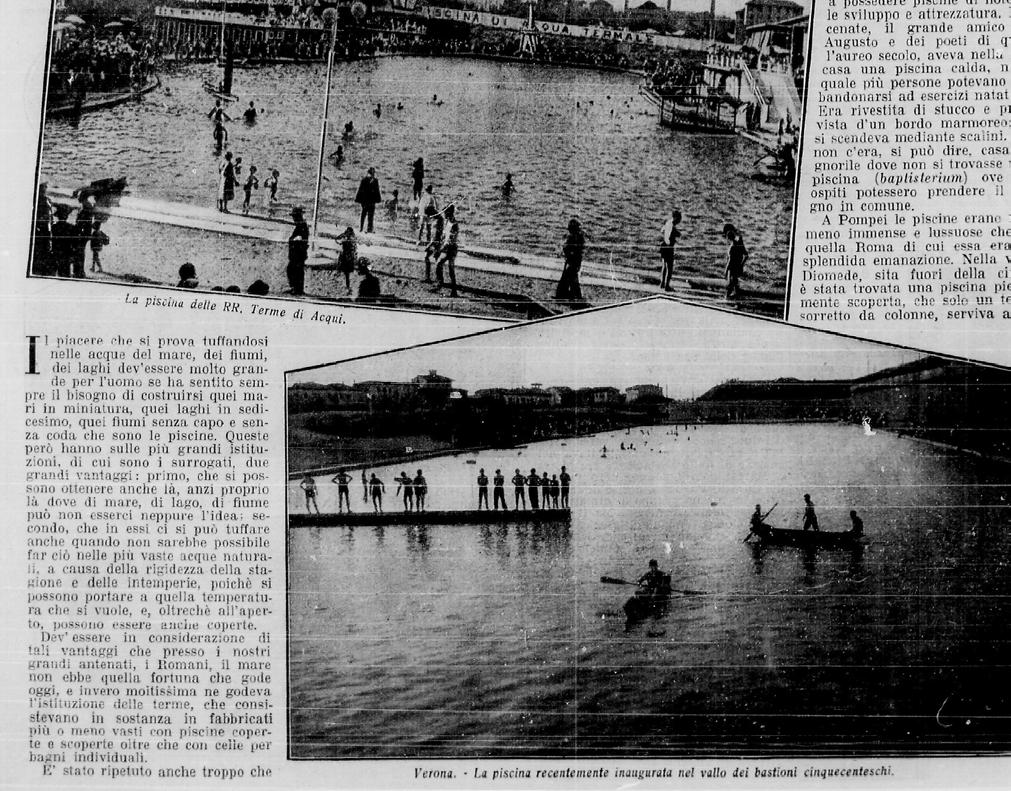
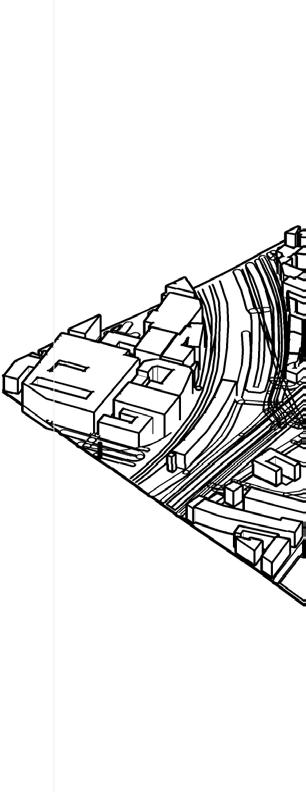
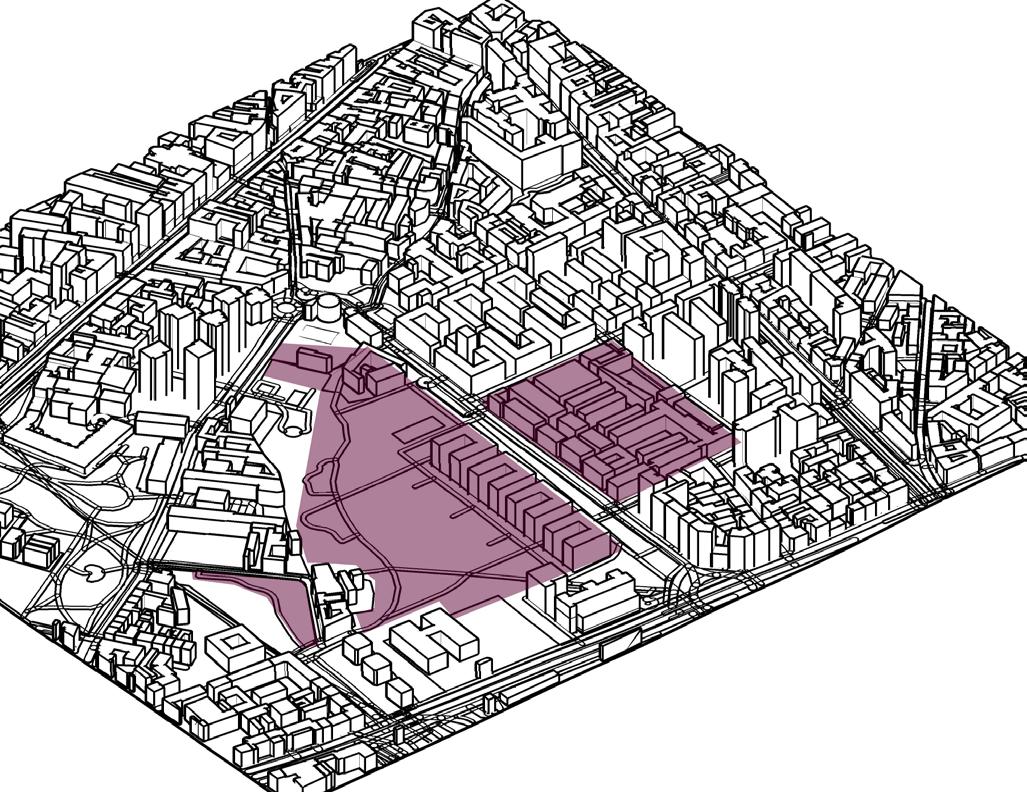
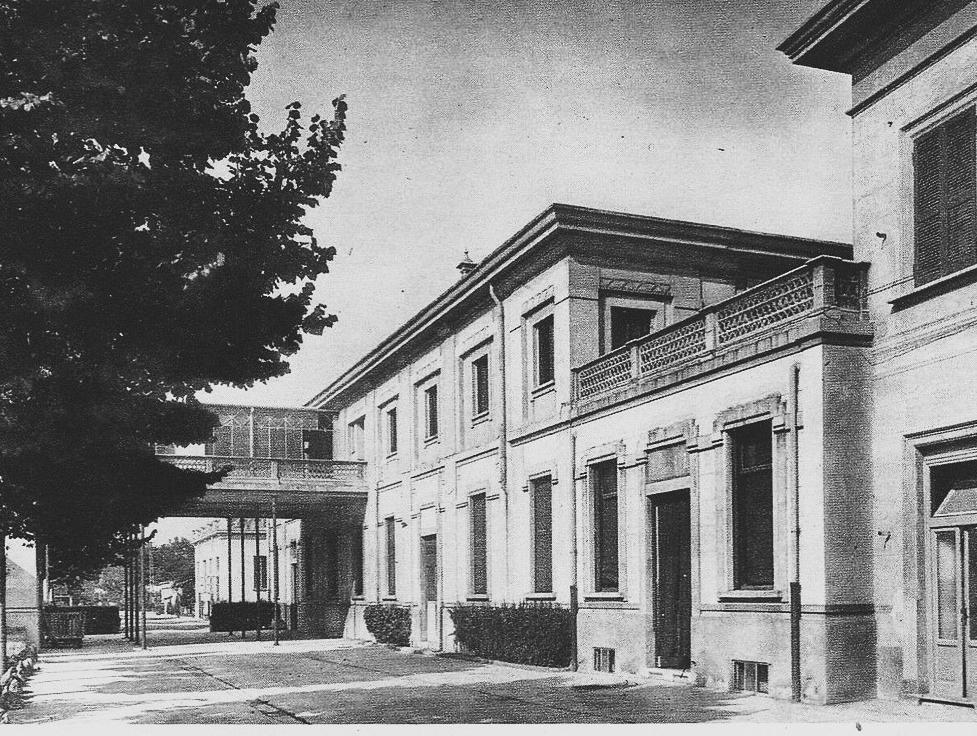
It was founded in 1894 by Serafino Belfanti &Renato Bestetti , It was health center for research and production of vaccines espically for spanish epidemic. first medical research institutes on vaccines in Europe and, the first producer of vaccines in Italy.

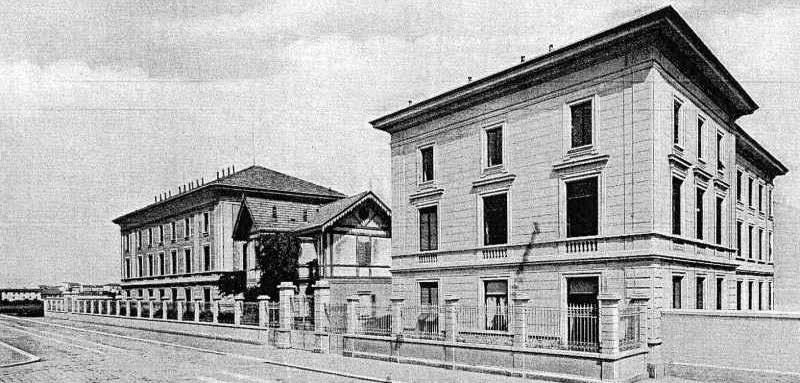
The institiuon closed after financial crash and political reason and it left abonded for many years 1980 become our universty
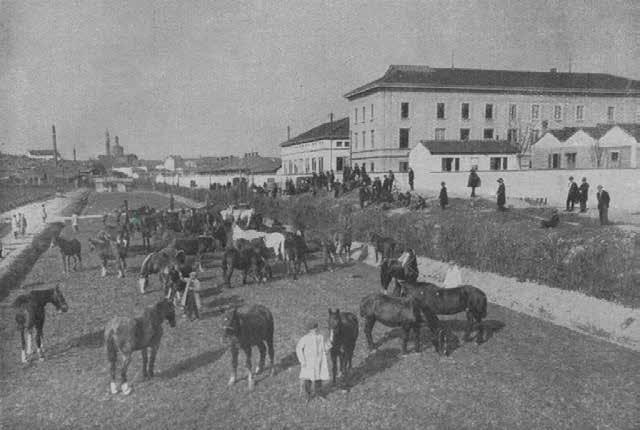
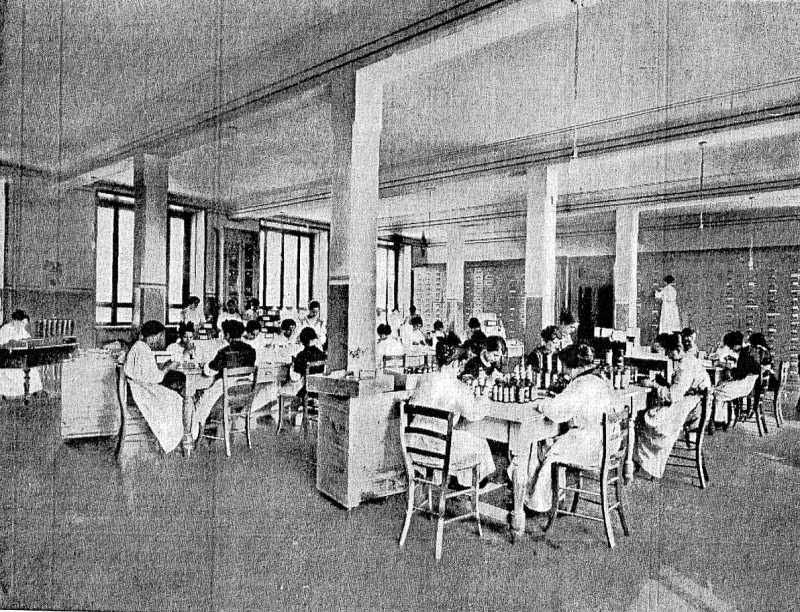
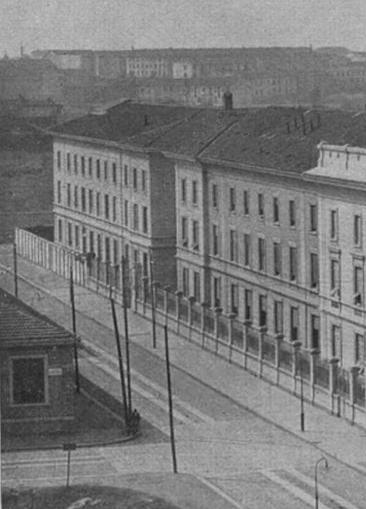 CARLO TORRE VILLORESI ANGOLO PASTORELLI LOMBARDINI AUTARI ARGELATI
CARLO TORRE VILLORESI ANGOLO PASTORELLI LOMBARDINI AUTARI ARGELATI
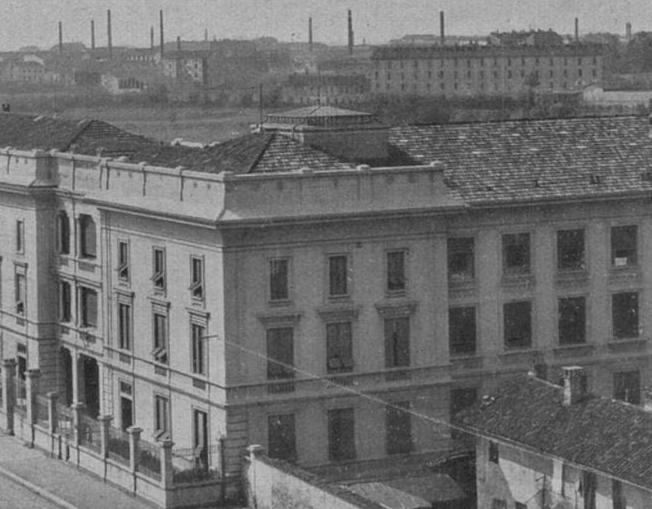
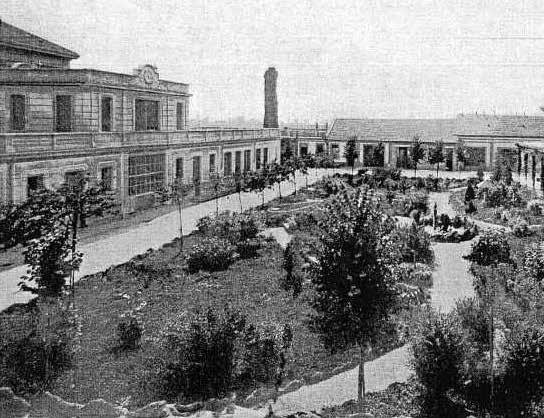
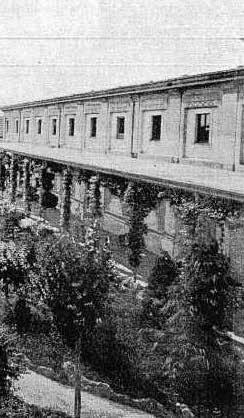
The area gets lot of sun and its good for mental and phsyical health the patients would go there. The instutuion and the garden was same property. After the closure of the instutuion all area get abondent . and whole area was bordered to the south by a building occupied since 1966 by a school today known as the Giorgi Higher Education Institute
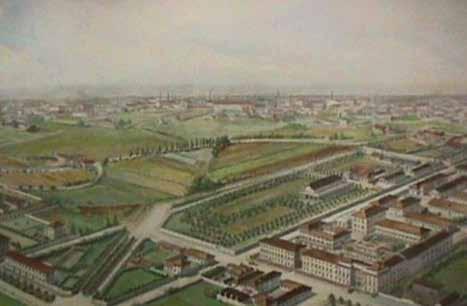
The abondenment caused uncontrolled growth along the canal and social marginalization in the area espacilly in the farmhouse
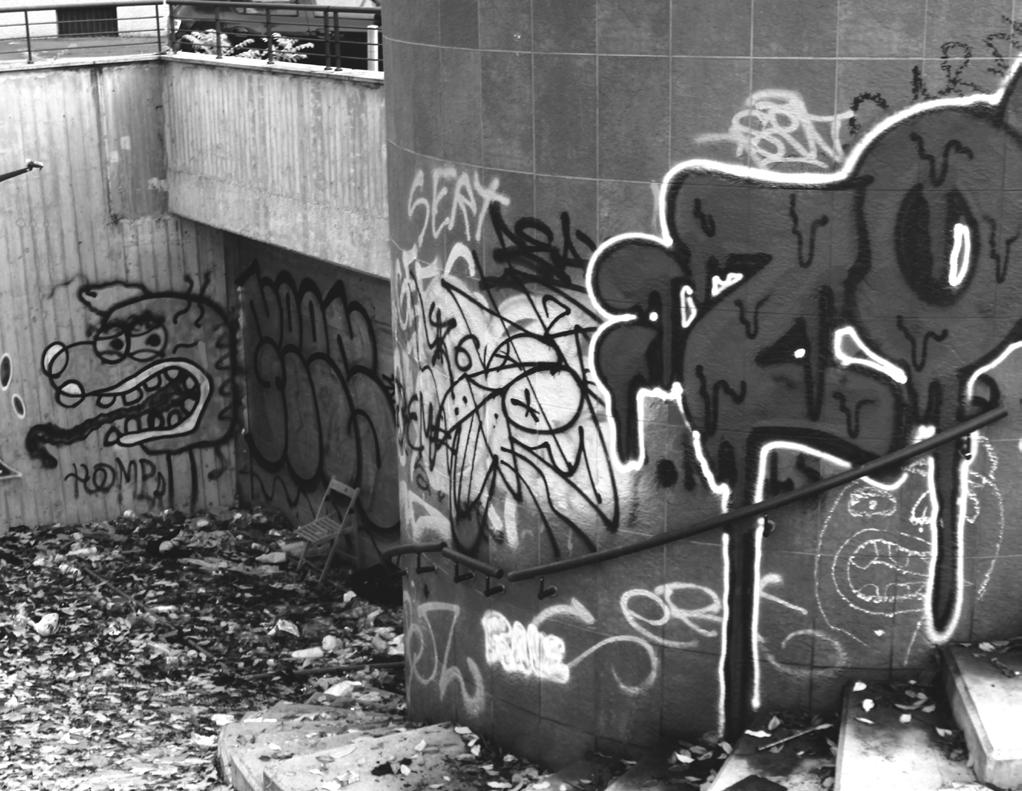
The continuous protests of the residents provided to area to reconstruct. and in 2013 disposal of chemical pollutants of the pharmaceutical plant was started.
The goverment wanted to urban park of 100,000 m2, but at the same time the 25,000 m2 must be residential area along the Via Segantini.
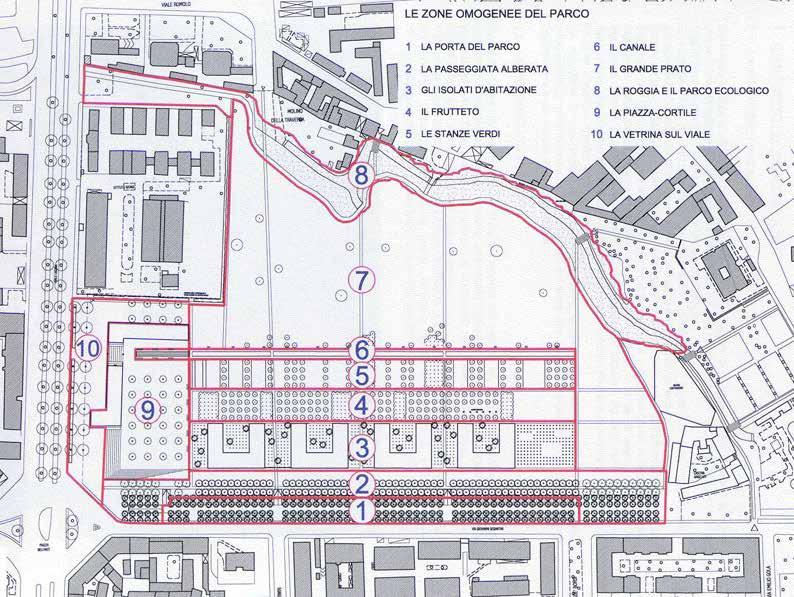
The creation of a naturalistic area along the Boniforti canal
preserve its ecosystem watercourse has been cleaned up by volunteers. able to create social, environmental and economic value
The canal Roggia Boniforti is a opportunity for creating humidity which is good for vegetation, and habitat for animals such mallards and gray herons
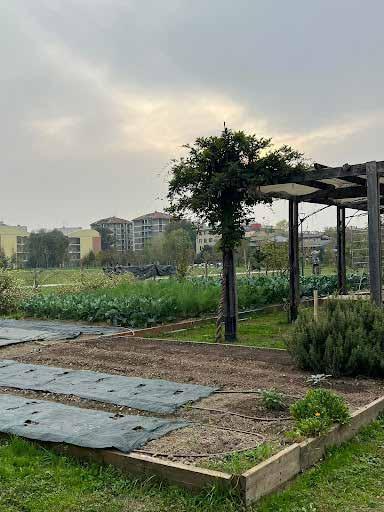
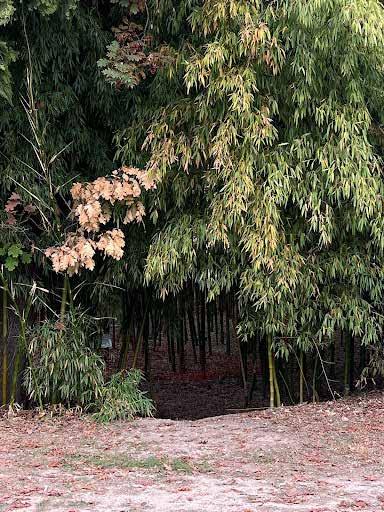
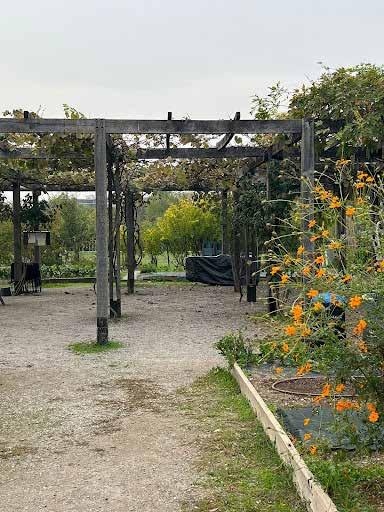
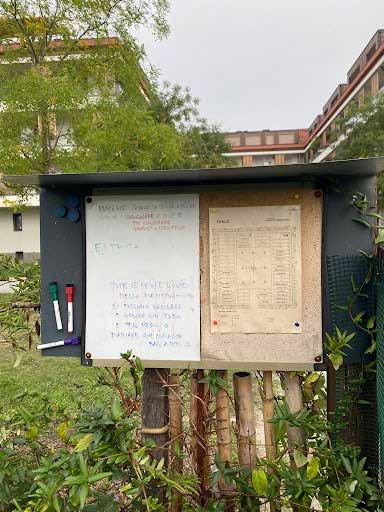
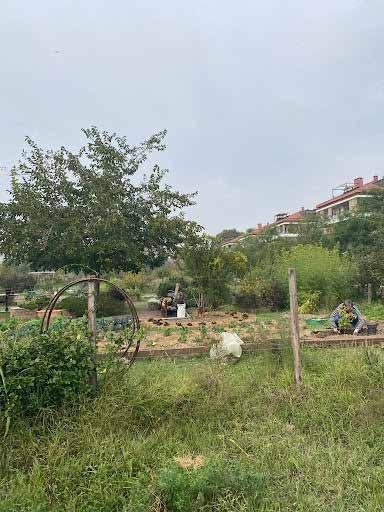
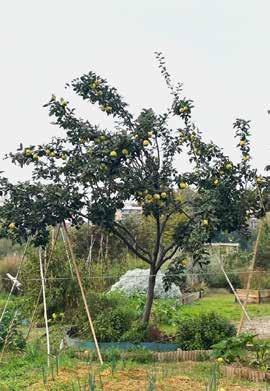
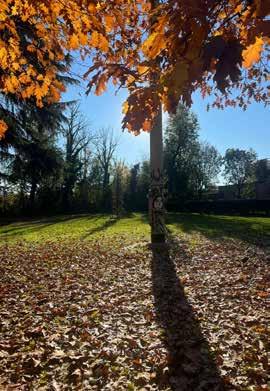
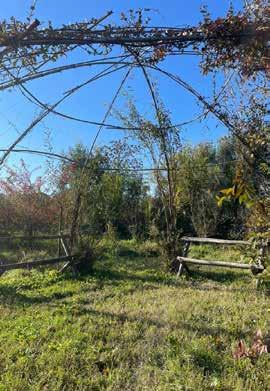

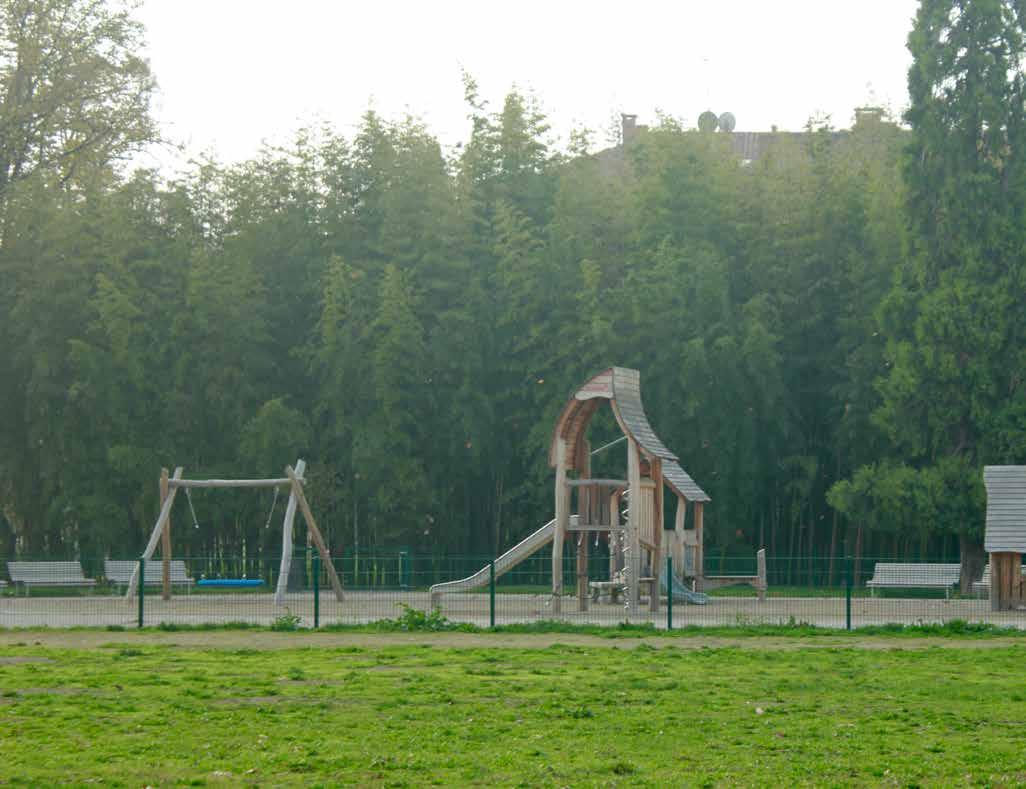
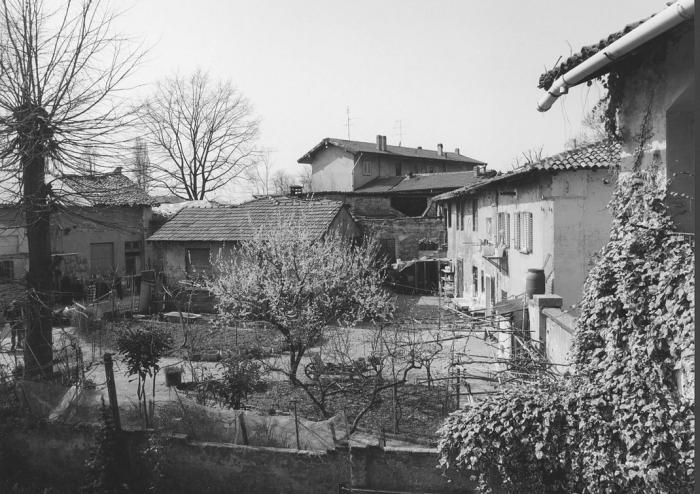
-Ancient Farm house which formed the agricultural nucleus on the outskirts of Milan and the navigli area. -The farm was built on the edge of the Boniforti canal, which originally flows from naviglio.
-Surrounded by other two stampa farms and the stampetta farm. (which still exist on via Argelati, 29 as well as, The Concetta di Sopra and the travesera farm)
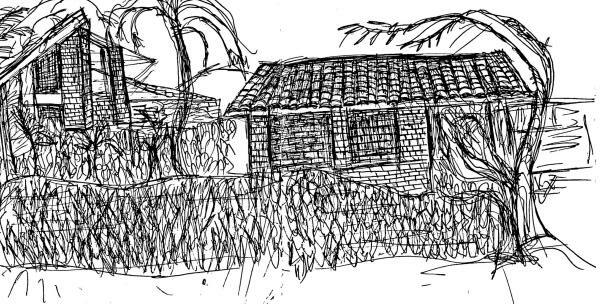
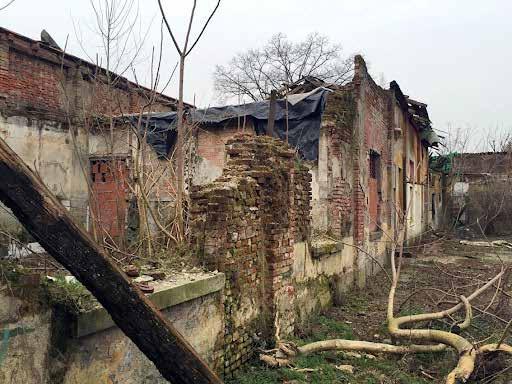
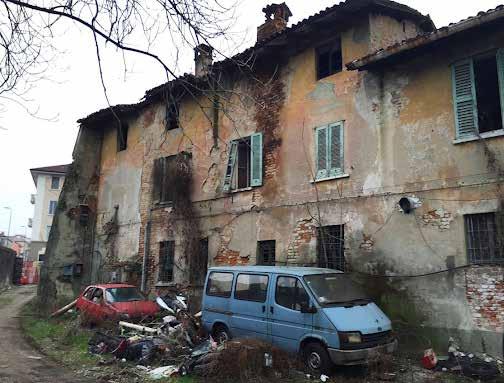
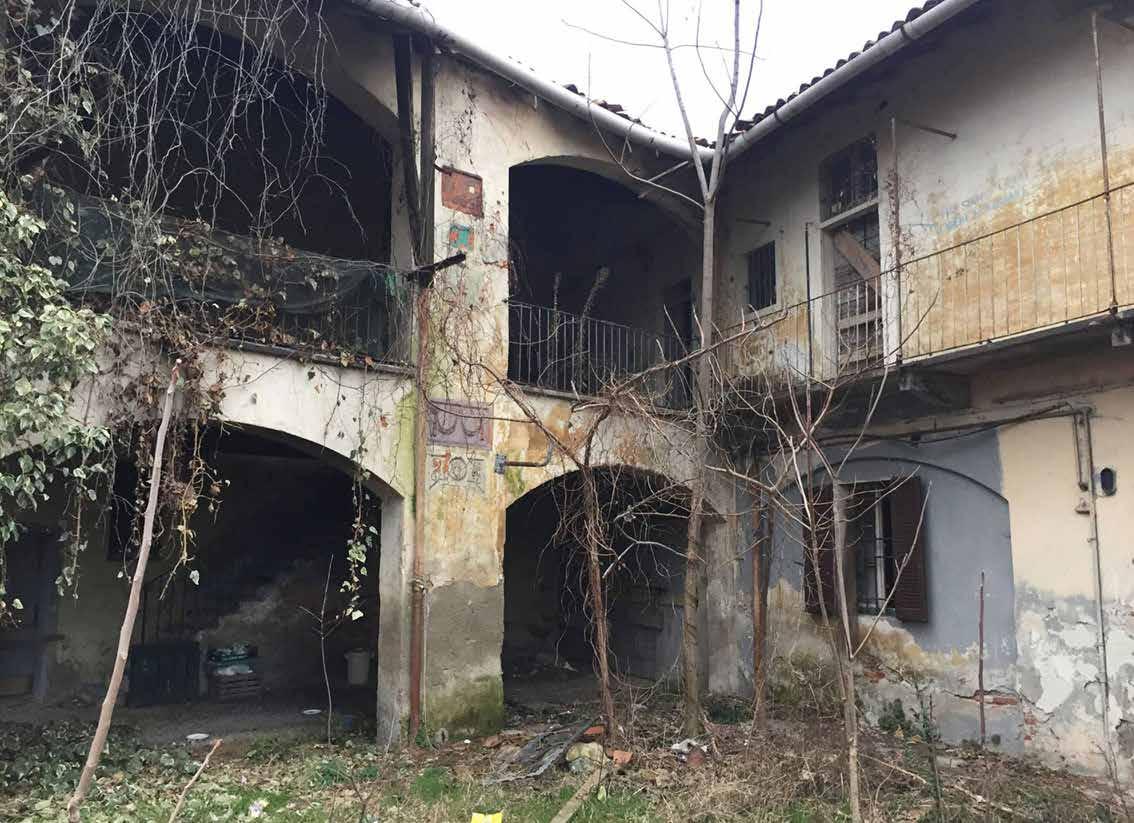


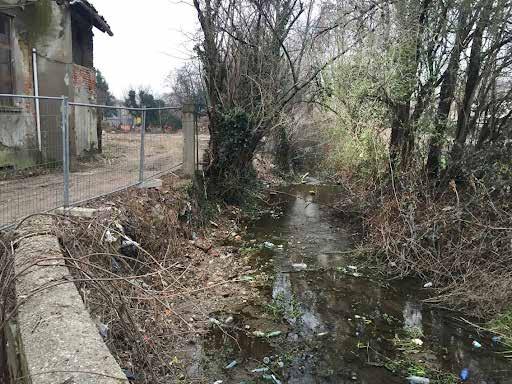

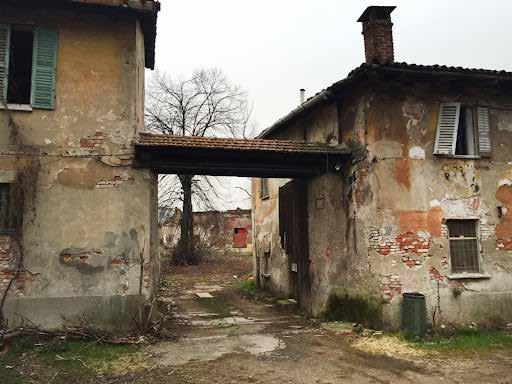
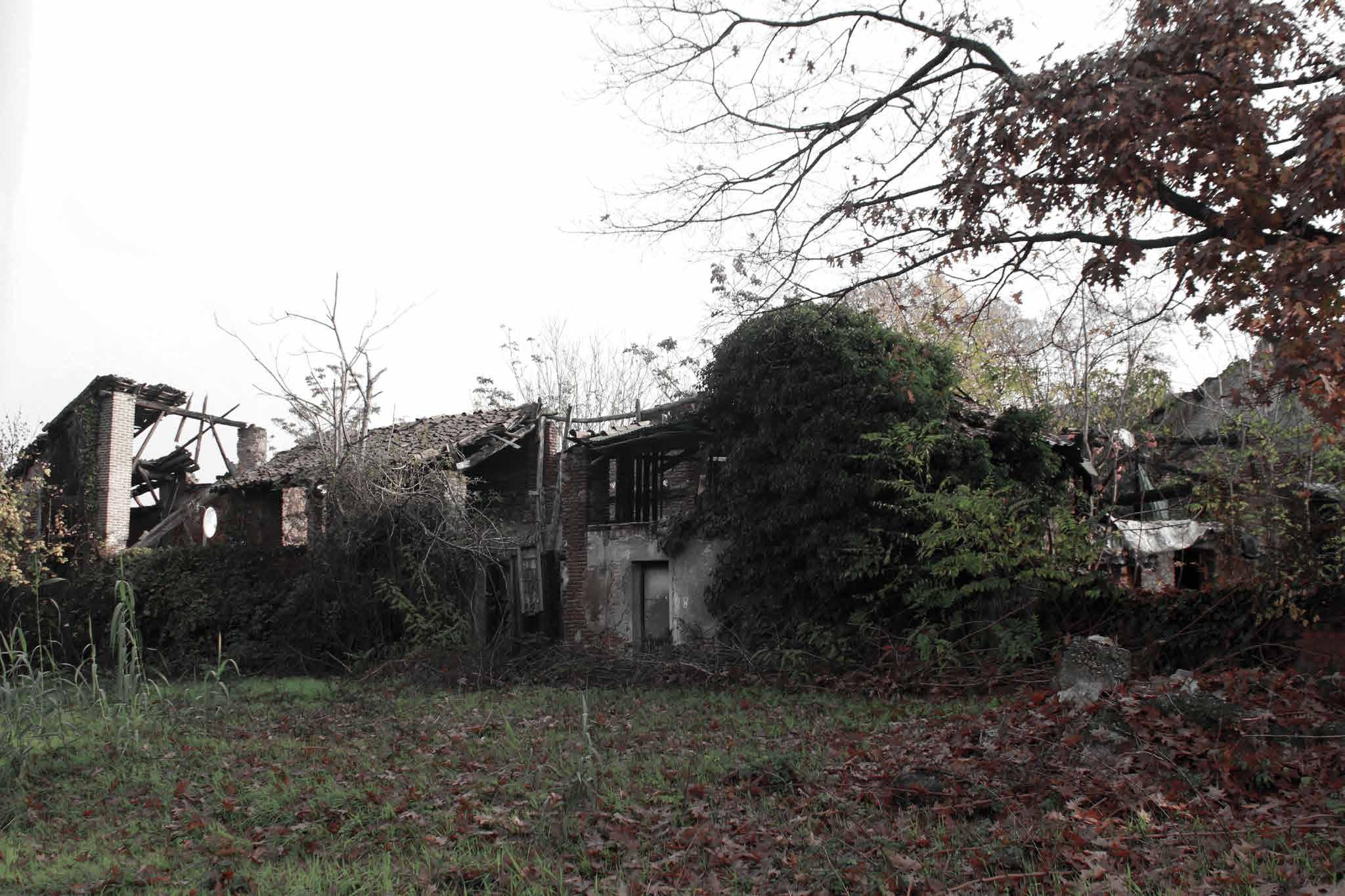



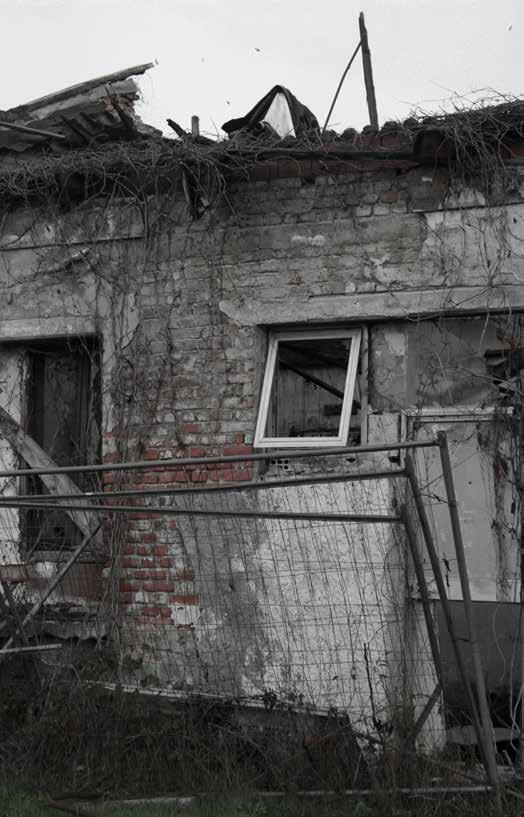
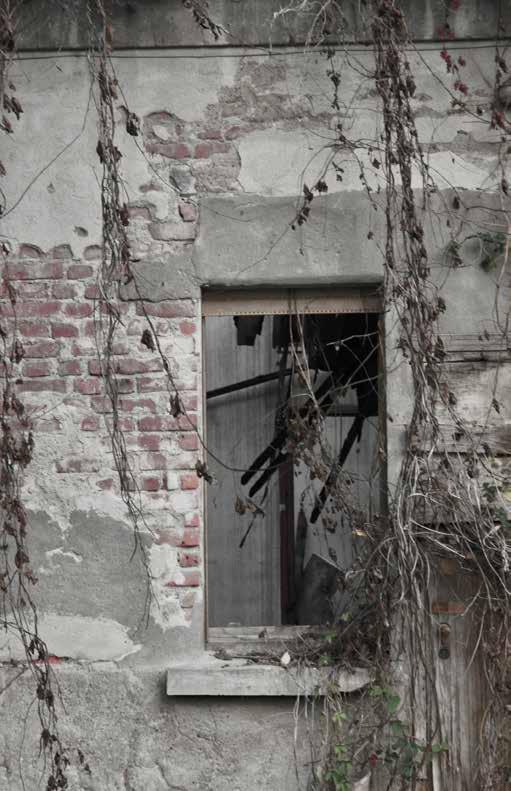
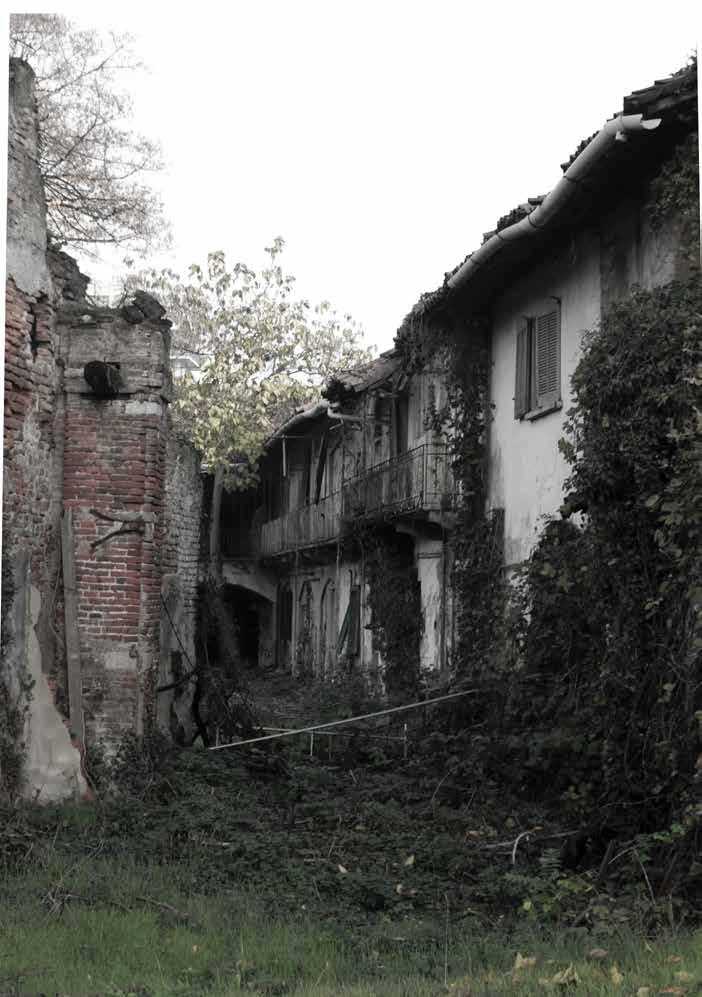

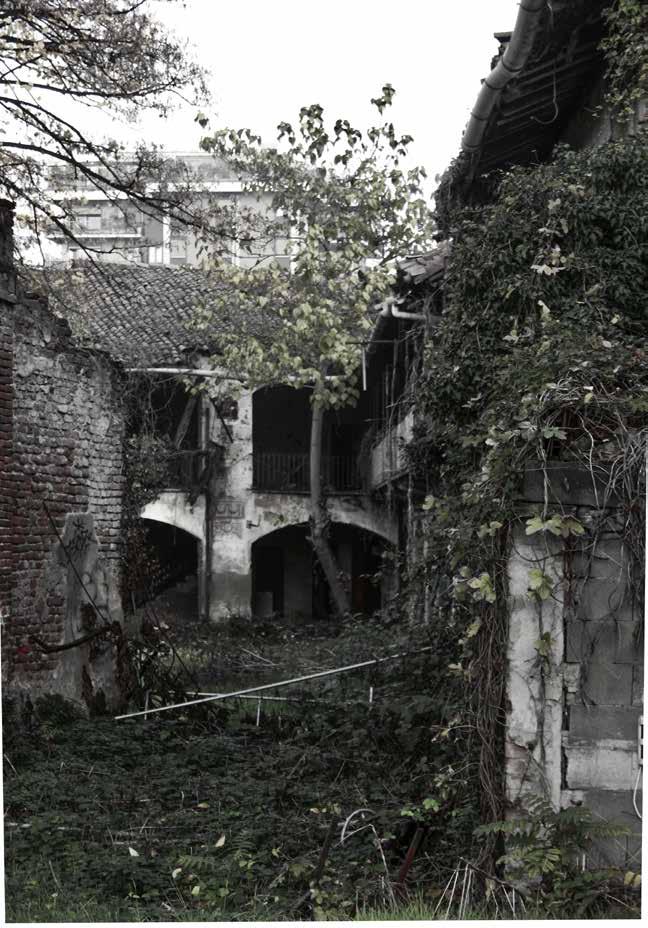
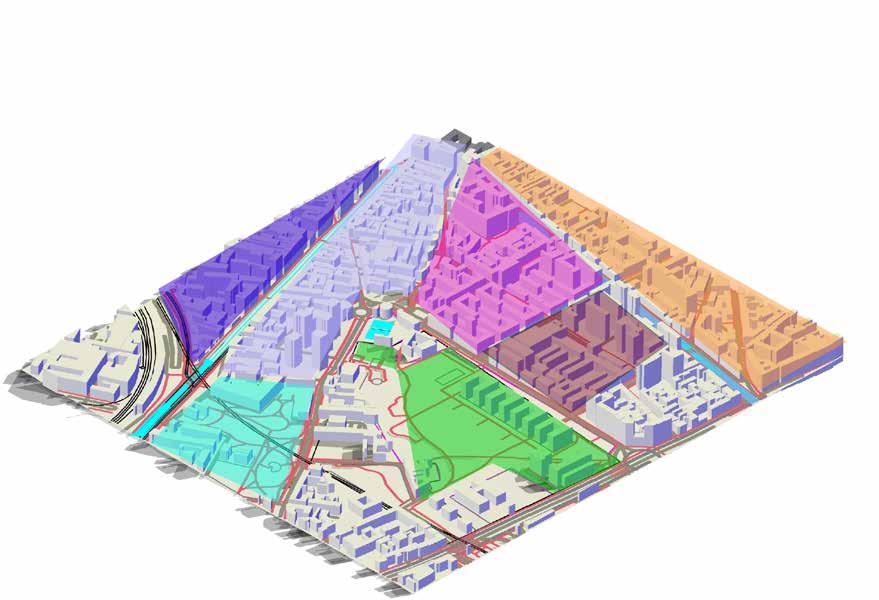
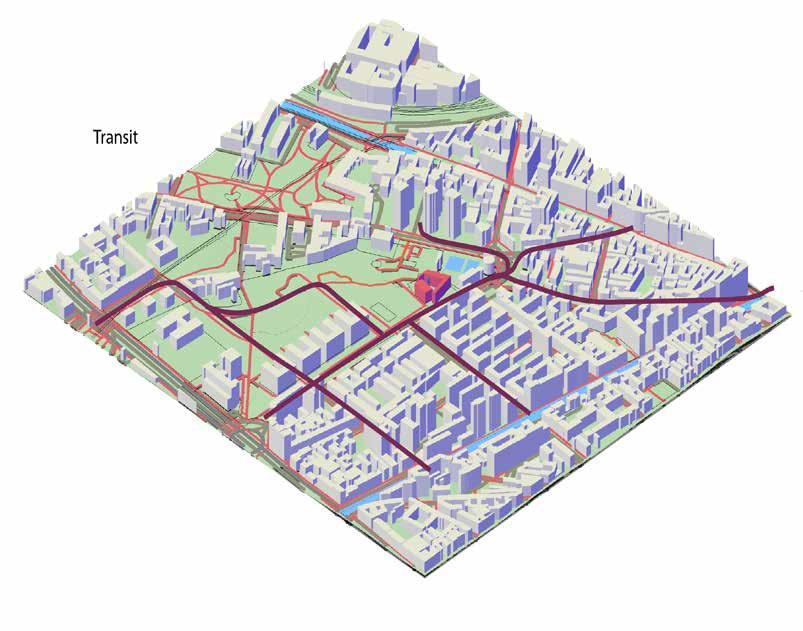


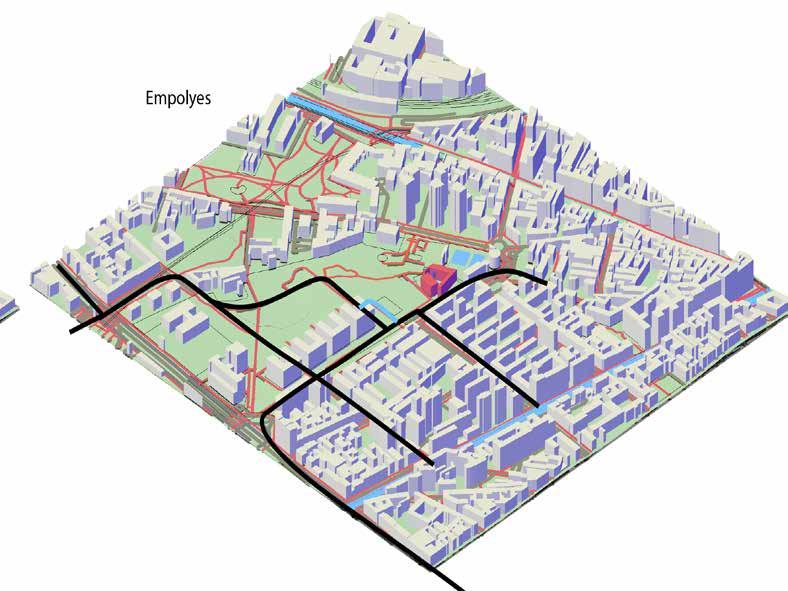
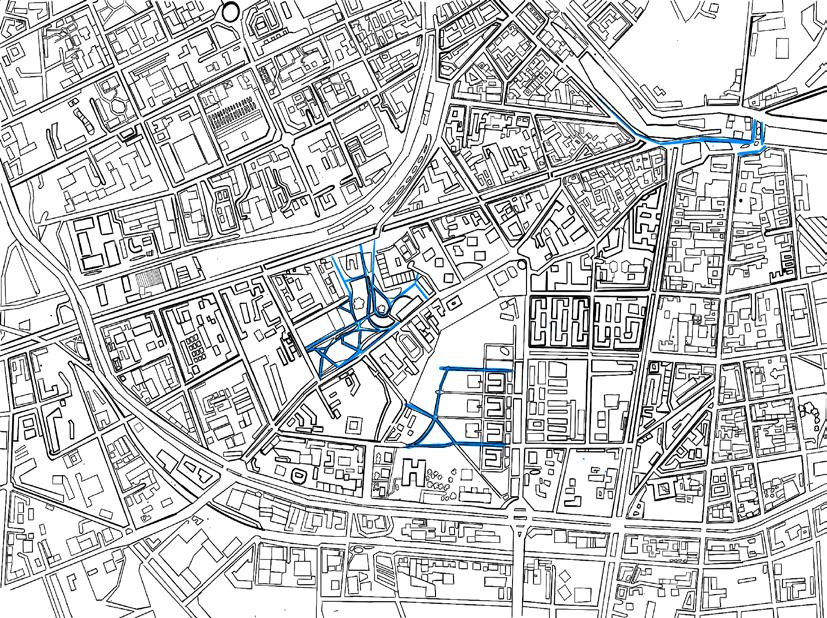
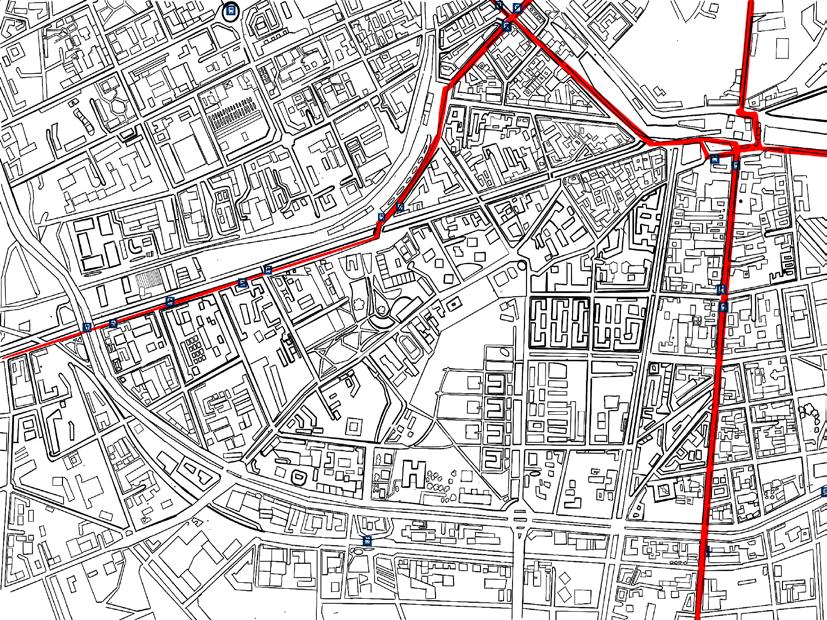

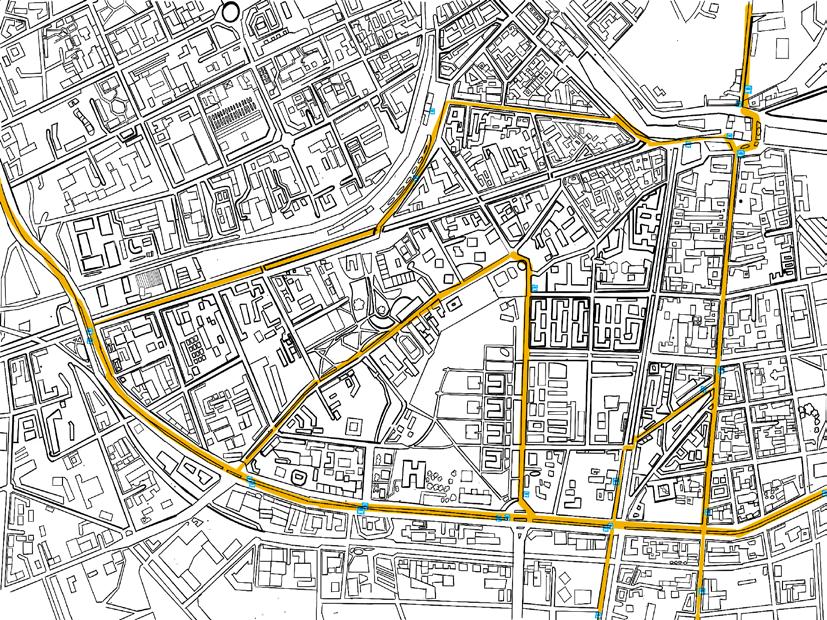

• What Is your occupation ?
• How old are you?
• Do you live or work around the area ?
• Why do you spend time in this park?
• How much time
• do you spend time in this park?
• During what hours you usually you are here?
• What do you like to do in here?
• What you think area lacks ?
• What are the things we can ad to add more value to this park?

Lot of people go to parco sengatini to relax , read there journals books while being in the nature or have lunch Most of them like the park because its not crowded and chatotic so its there escape place.
Lot of the feedback we got its not having enough lights in the night and there is no place to get some drinks or food
-not being overcrowded but aiming to bringing people
our solutution was diving the building to first part- public libary where you can rent books and buy and you can sit inside study or reading book. so even in winter you can enjoy being in the nature since a lot of people going there to read and books start to loose there value the other part is an art school where they give art lessons couryard is a cafe people from libary and art studio will get there food and drinks there which will create intreactin without disturbing the park Also people in the park can get food drinks etc from there outside we wanna expand the vegtable garden.
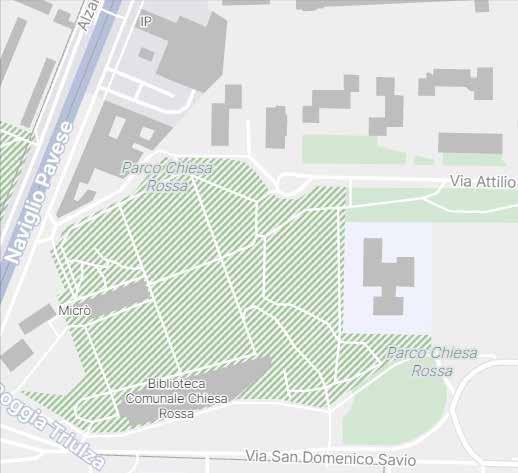
the town west of Milan complex has been restored and protected for its rich history. This ancient monumental complex currently includes five buildings: the Church, the Rectory, the Portico, the former stable now Library and the former House, as well as a vast public park.
Its an old farmhouse and church were saved from demolition in 1960, in 1966 they started renovating , however, untill it was completed the whole area was abonent for 20 years . Municipal Library and opened to the public in March 2004.

